


Books in series
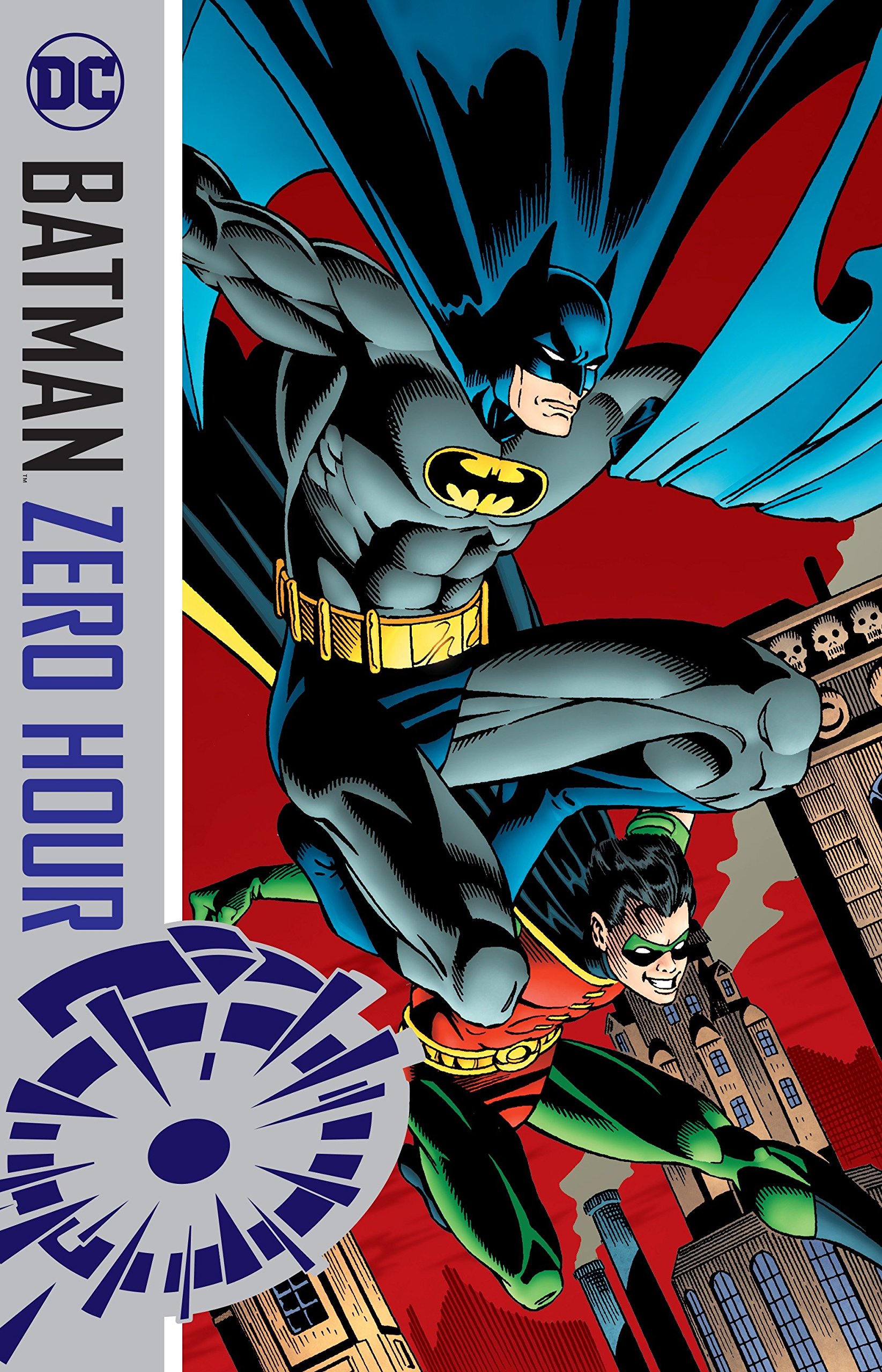
Batman
Zero Hour
1994

Batman (1940-2011) #1
1940

Batman
The Bat and the Cat: 80 Years of Romance
2019

Batman (1940-2011) #2
1940

Batman (1940-2011) #3
1940
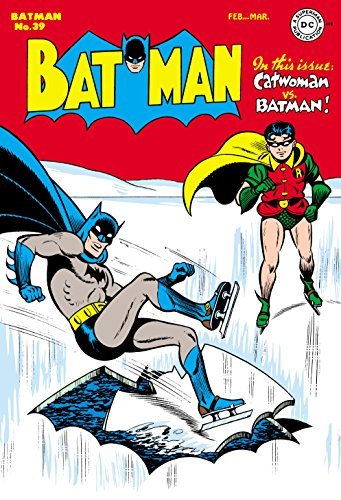
Batman (1940-2011) #39
1947
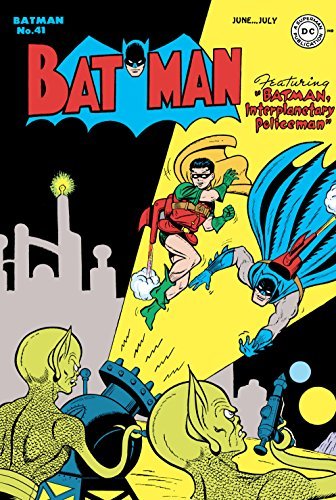
Batman (1940-2011) #41
1947

Batman (1940-2011) #42
1947
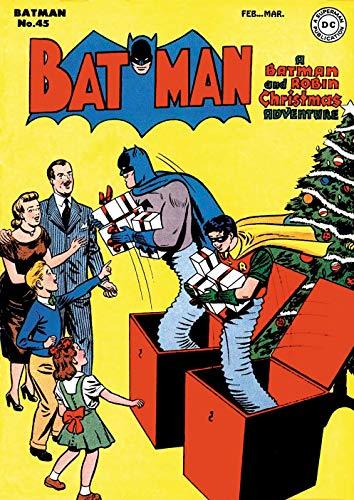
Batman (1940-2011) #45
1948
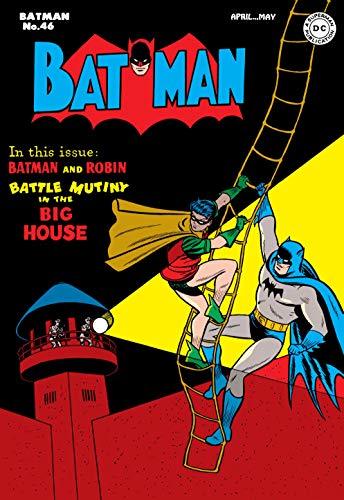
Batman (1940-2011) #46
1948
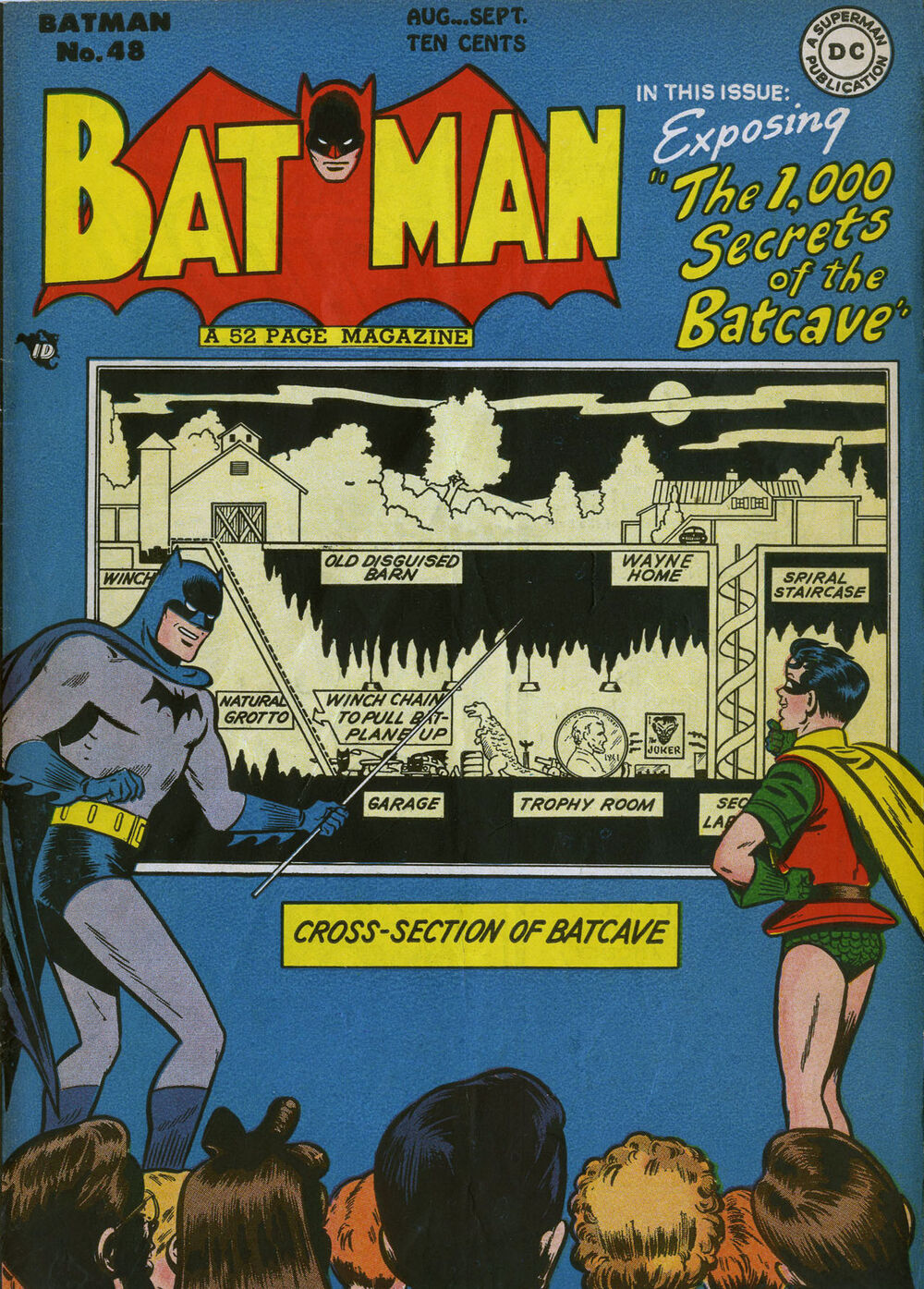
Batman (1940-2011) #48
2025
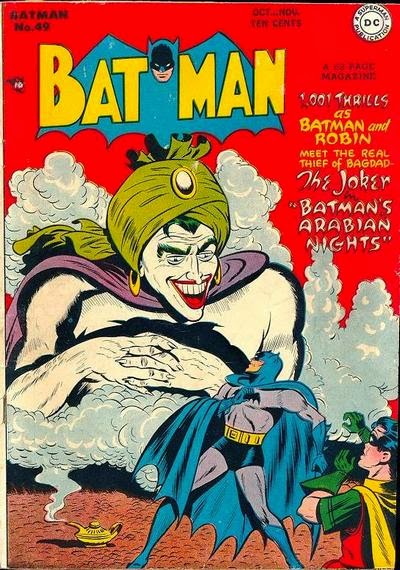
Batman (1940-2011) #49
1948
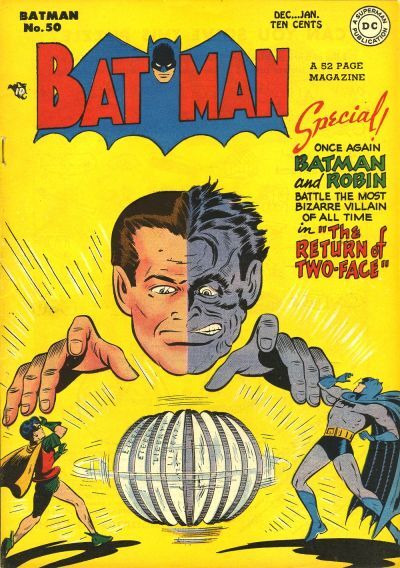
Batman (1940-2011) #50
2025
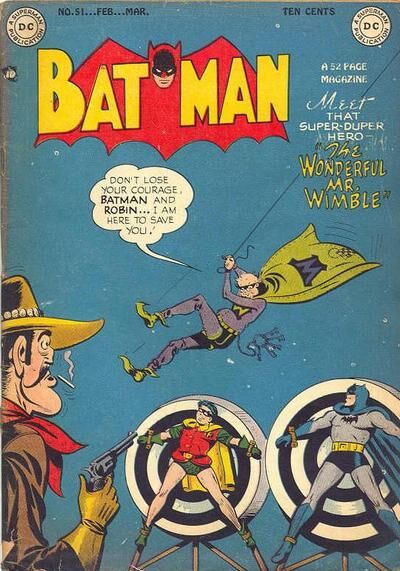
Batman (1940-2011) #51
2025
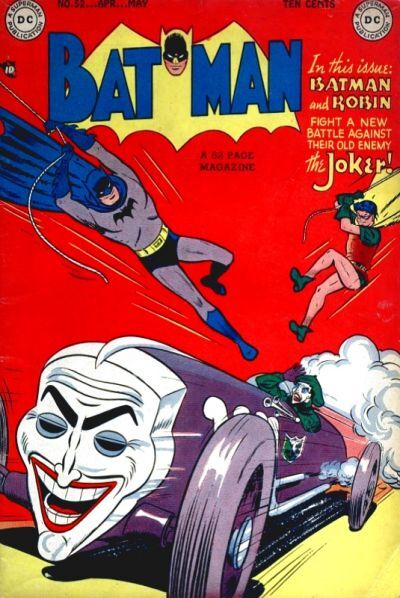
Batman (1940-2011) #52
2025
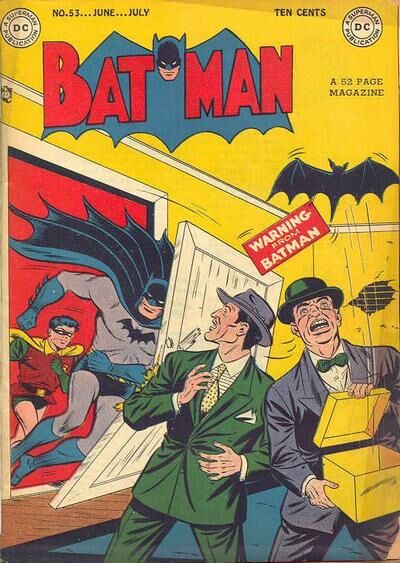
Batman (1940-2011) #53
2025
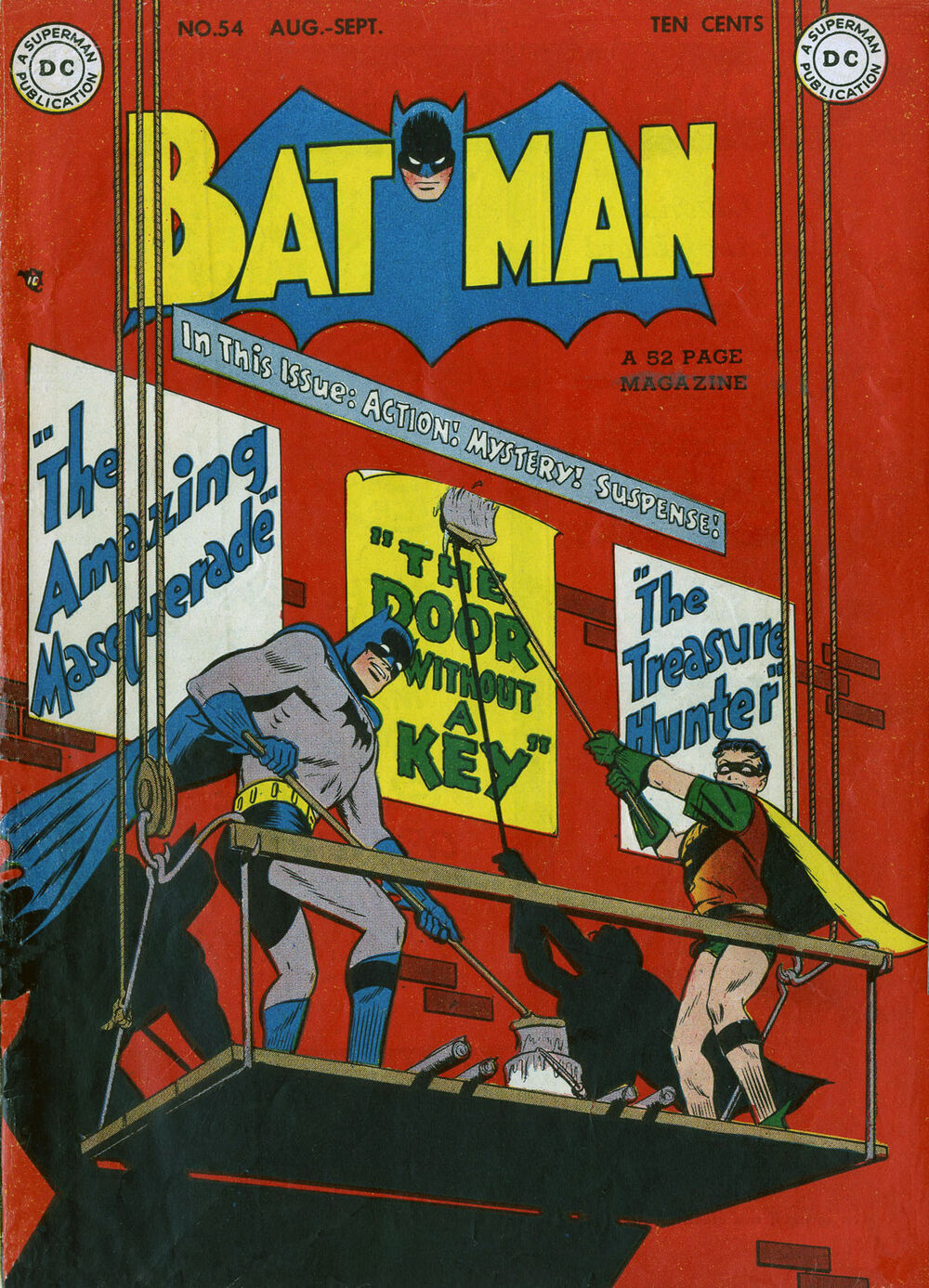
Batman (1940-2011) #54
2025
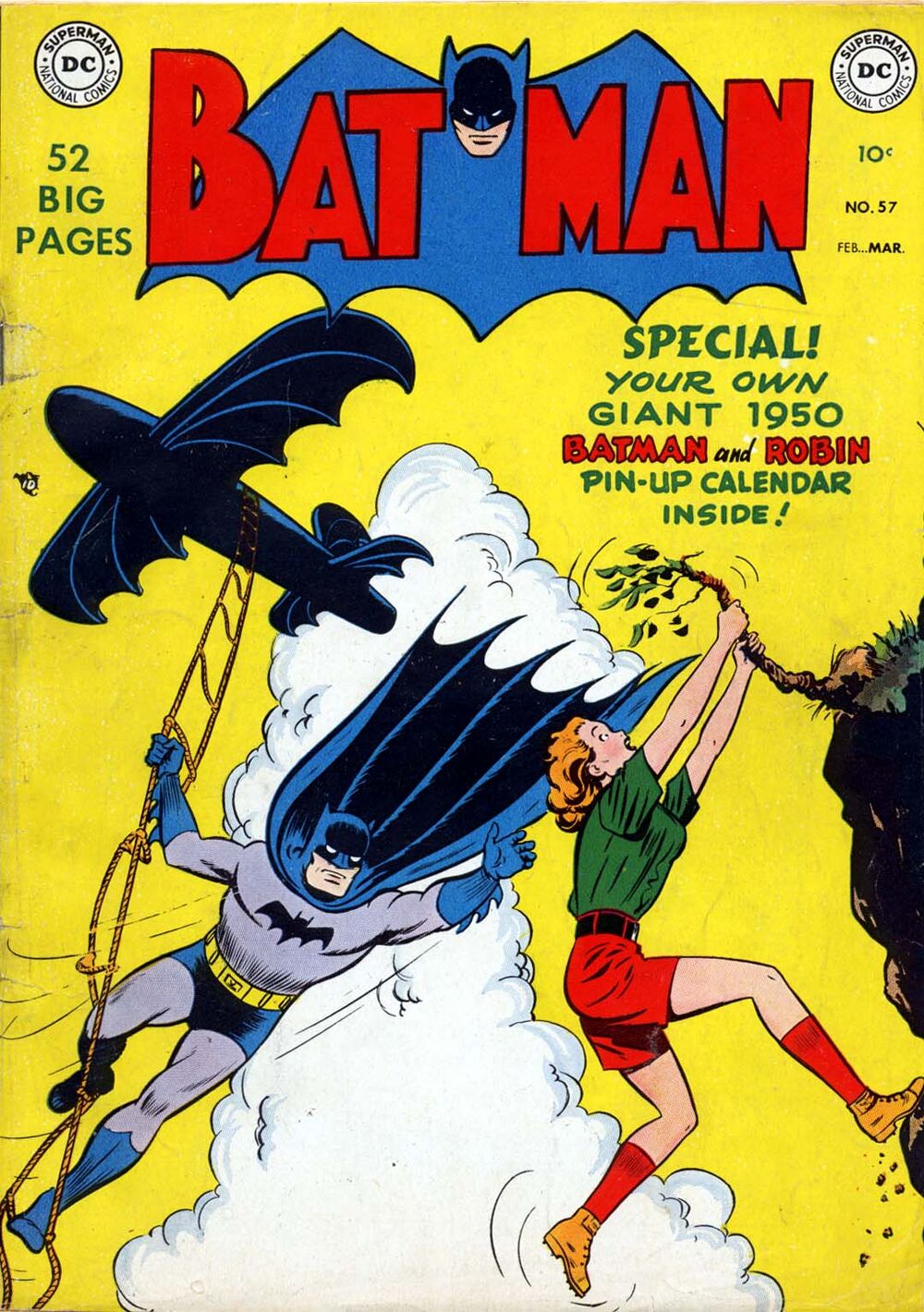
Batman (1940-2011) #57
2025
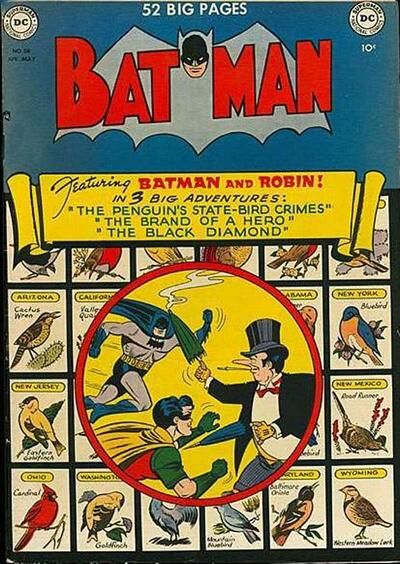
Batman (1940-2011) #58
2025
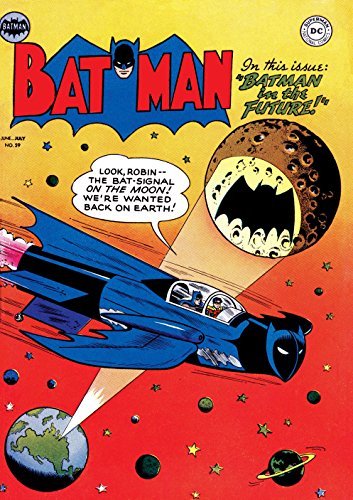
Batman (1940-2011) #59
1950
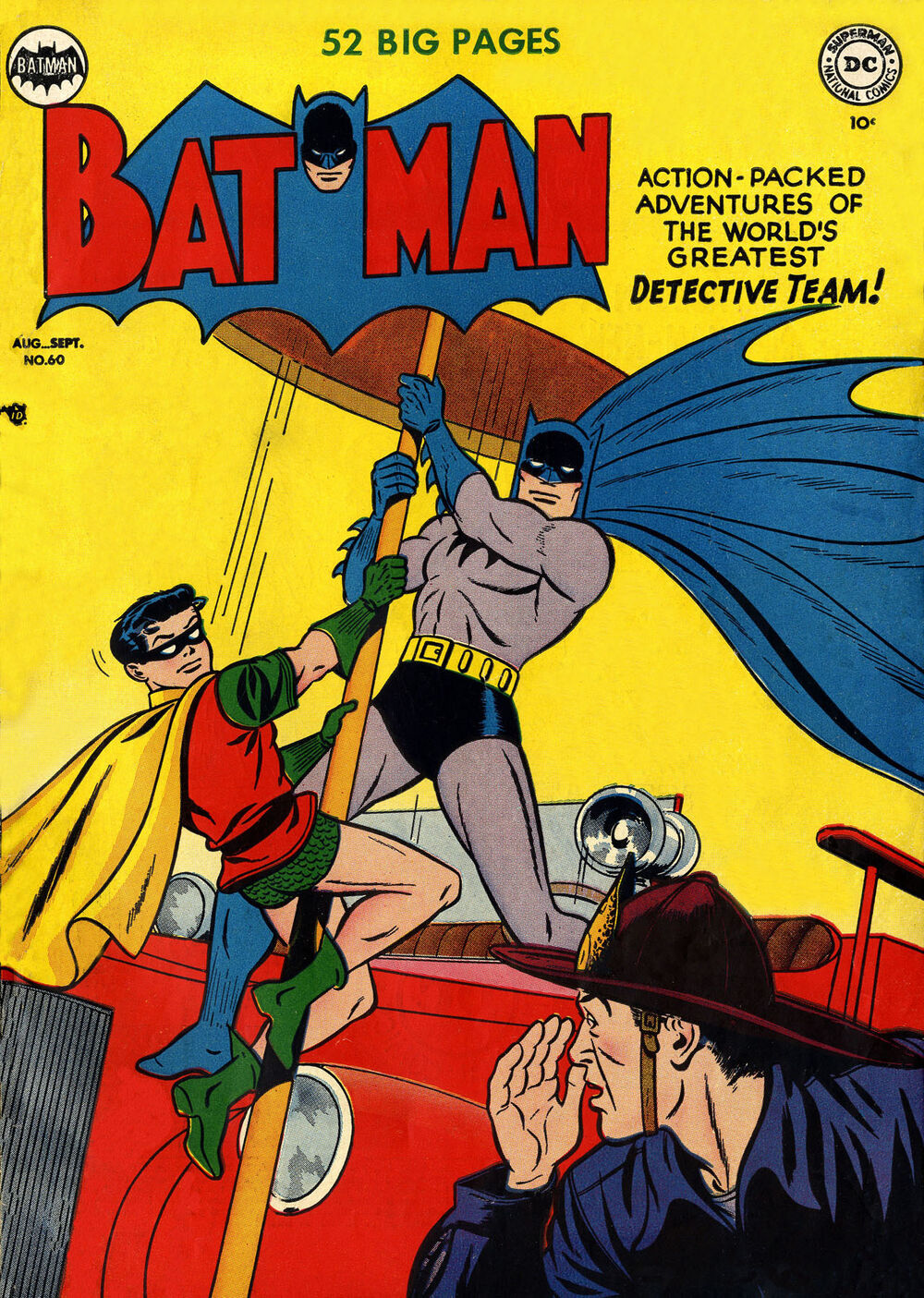
Batman (1940-2011) #60
2025
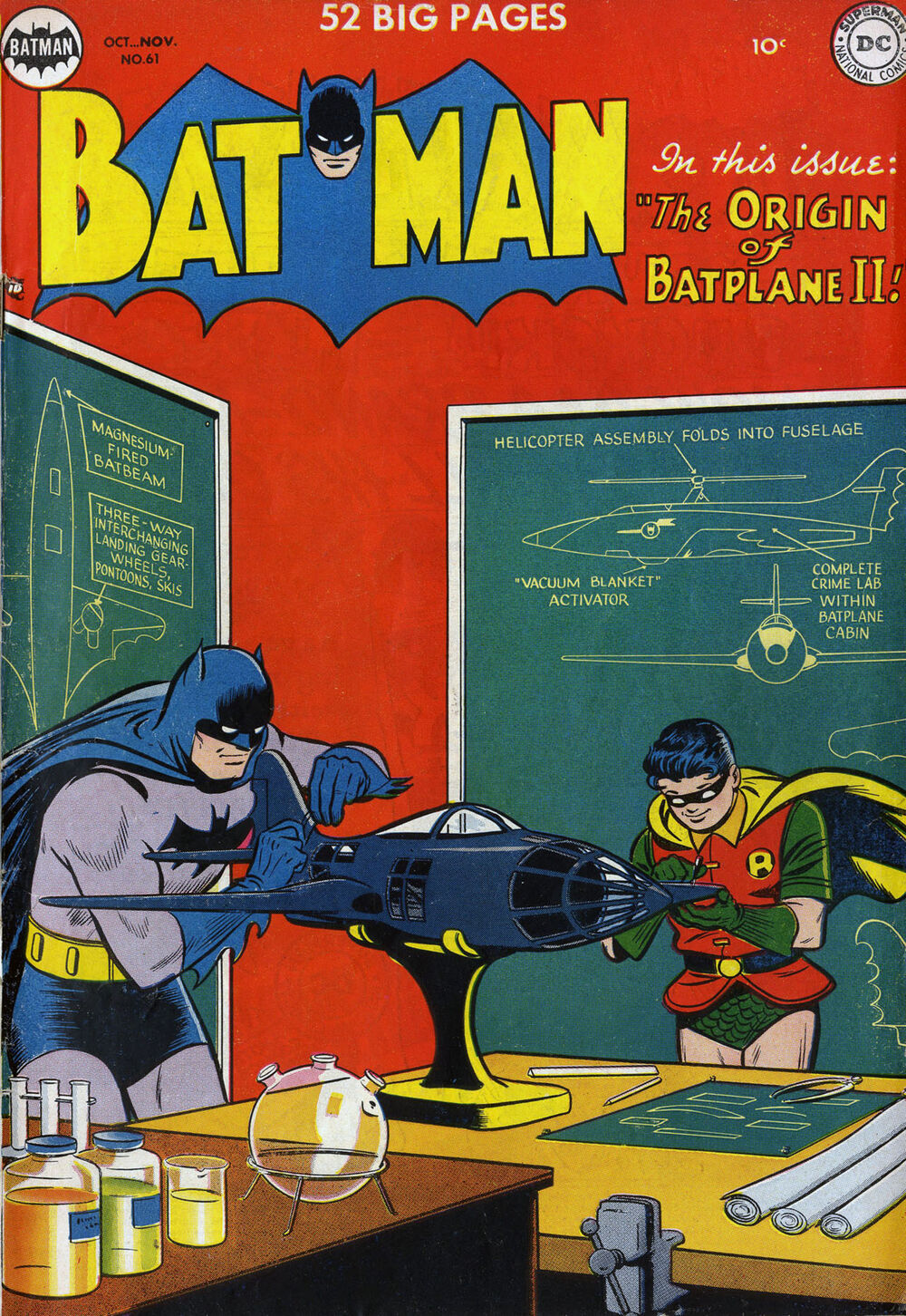
Batman (1940-2011) #61
2025
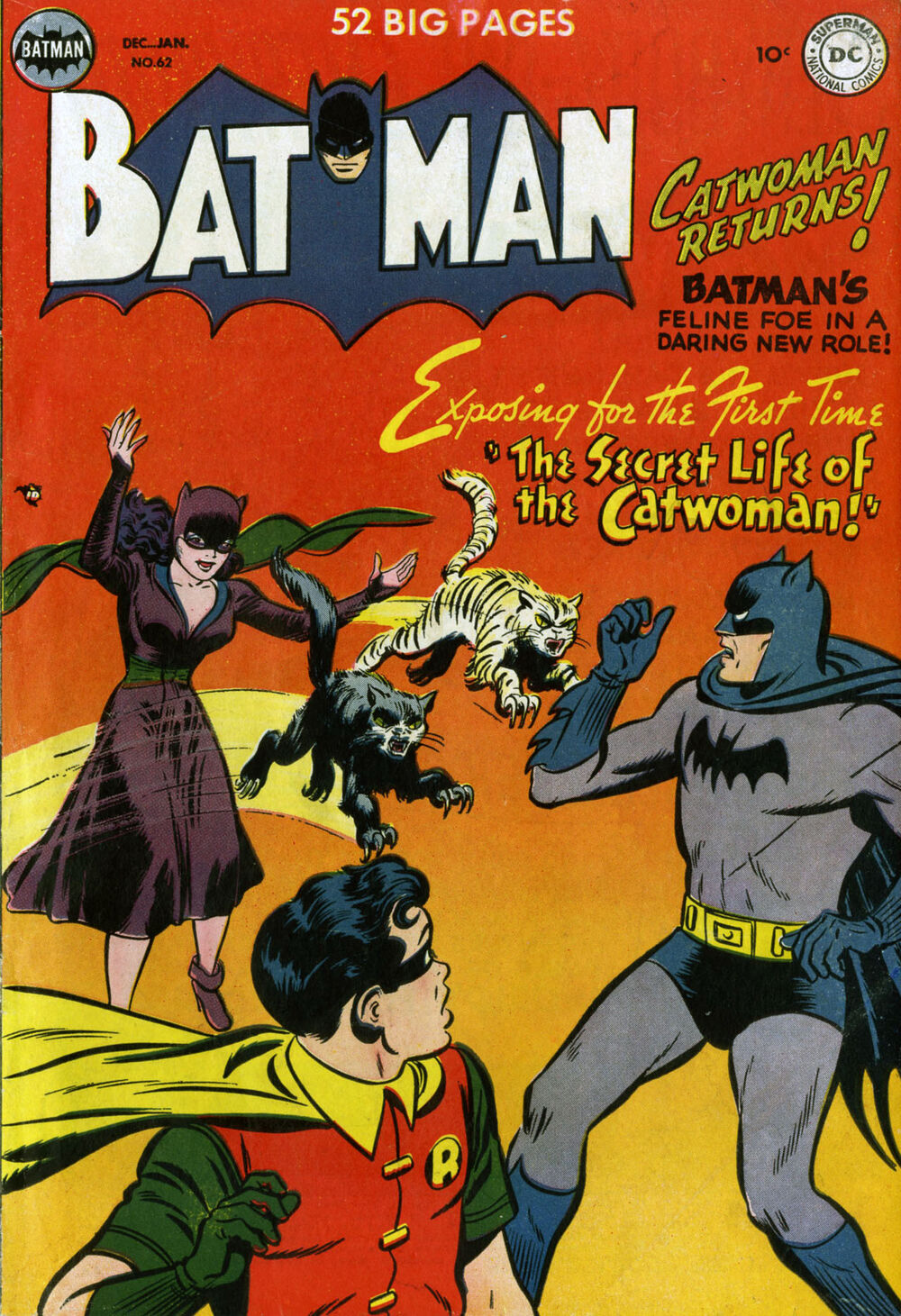
Batman (1940-2011) #62
1950
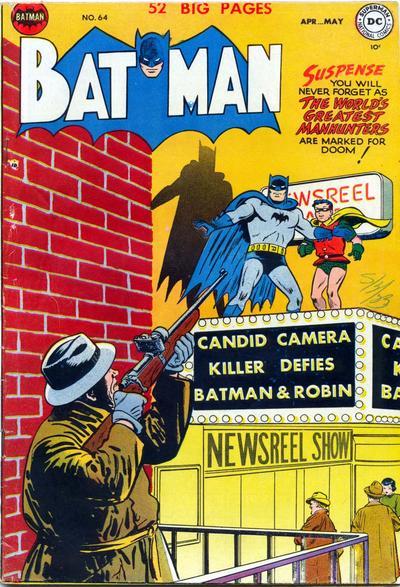
Batman (1940-2011) #64
1951
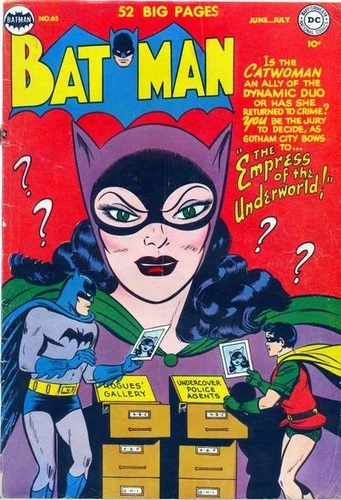
Batman (1940-2011) #65
1951
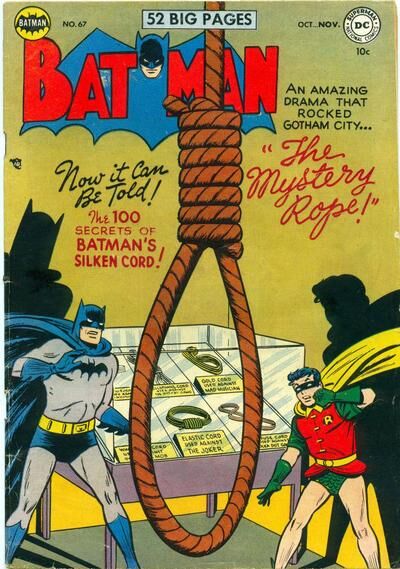
Batman (1940-2011) #67
2025
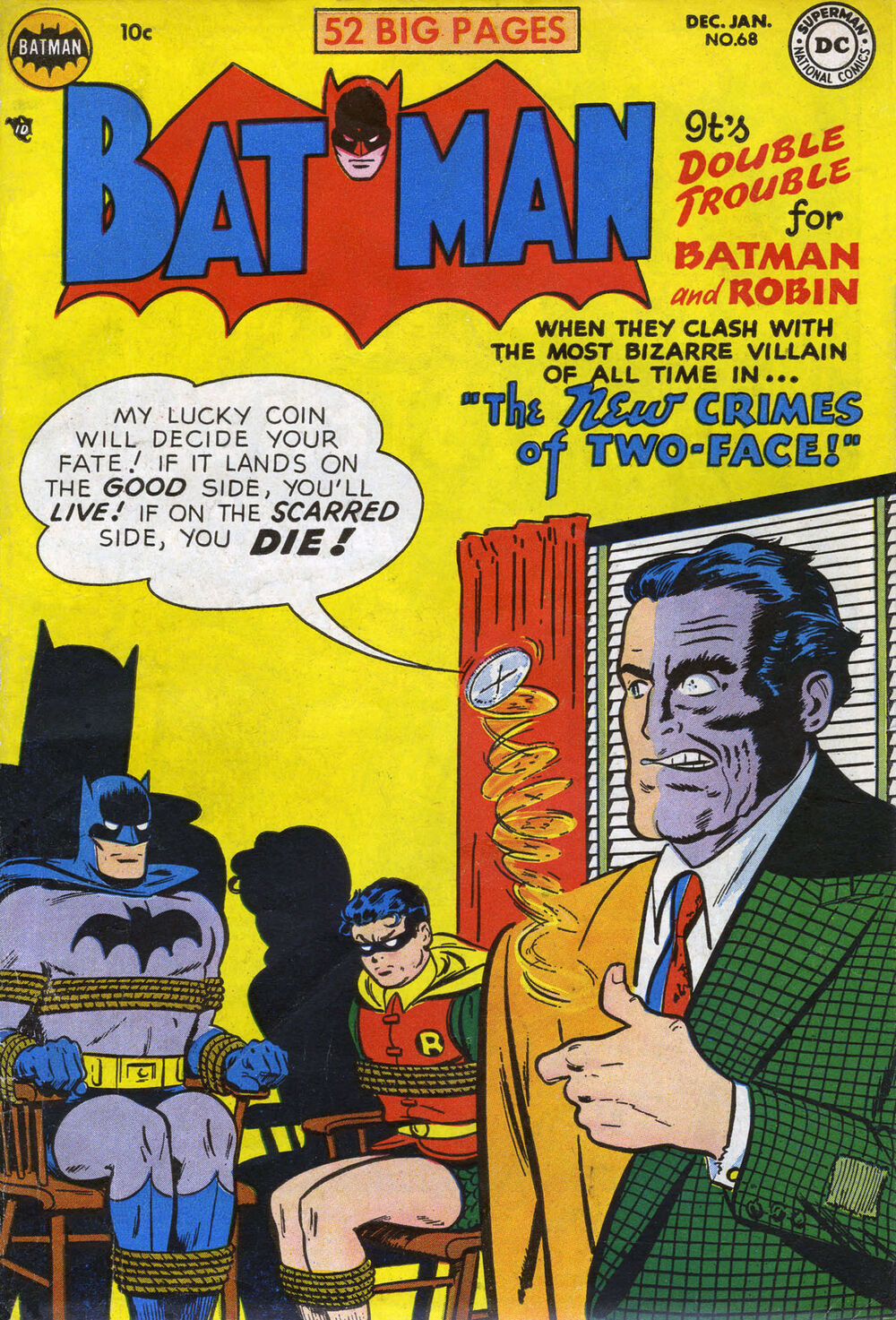
Batman (1940-2011) #68
2025
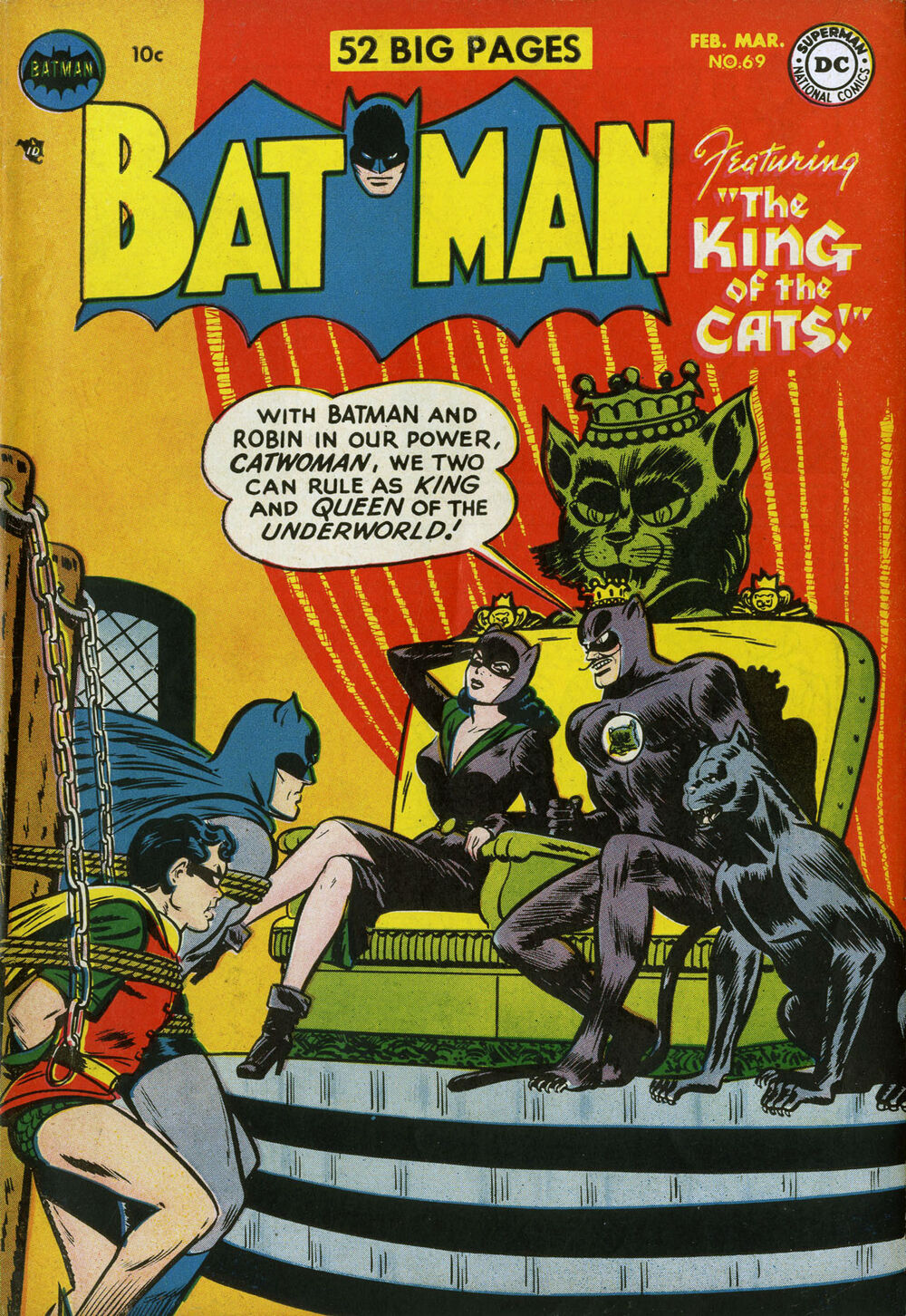
Batman (1940-2011) #69
2025
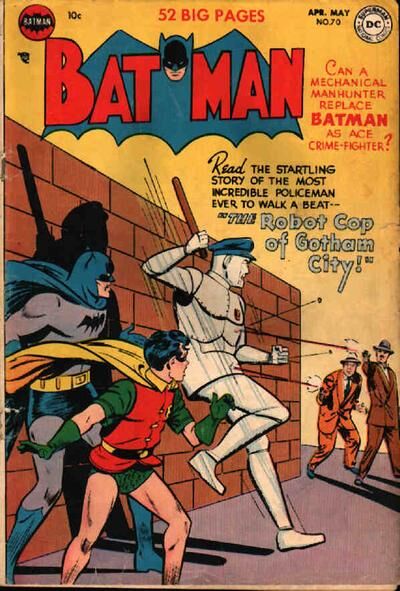
Batman (1940-2011) #70
2025
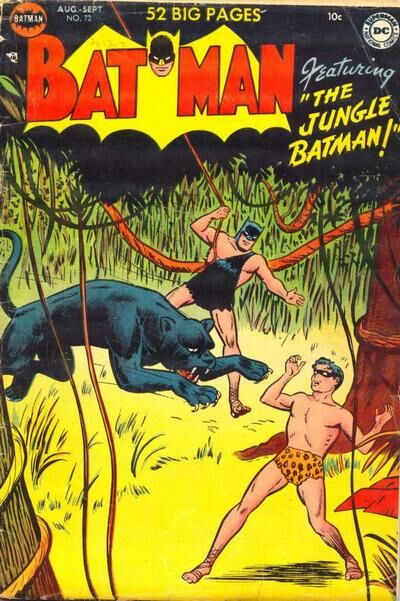
Batman (1940-2011) #72
2025
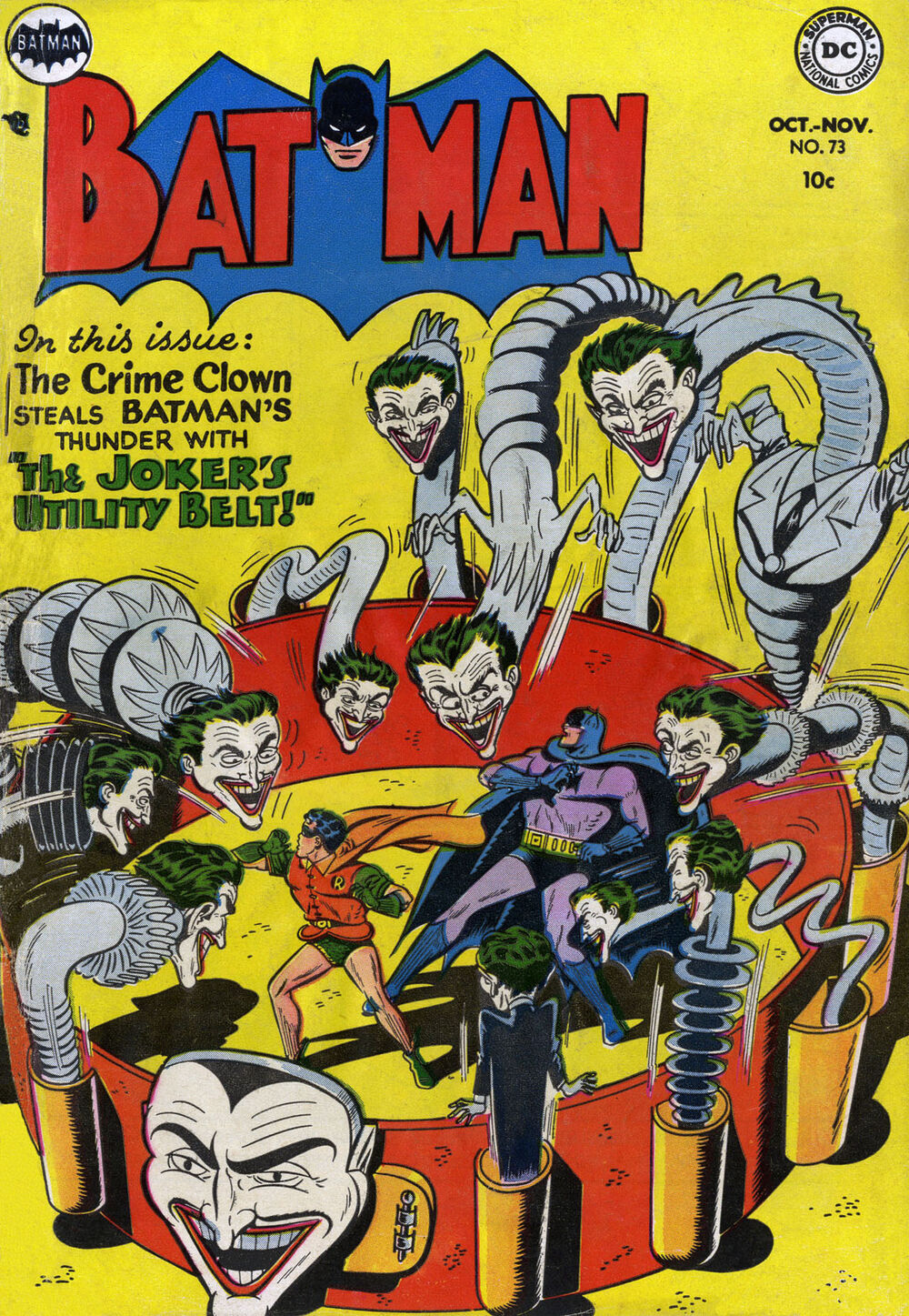
Batman (1940-2011) #73
2025
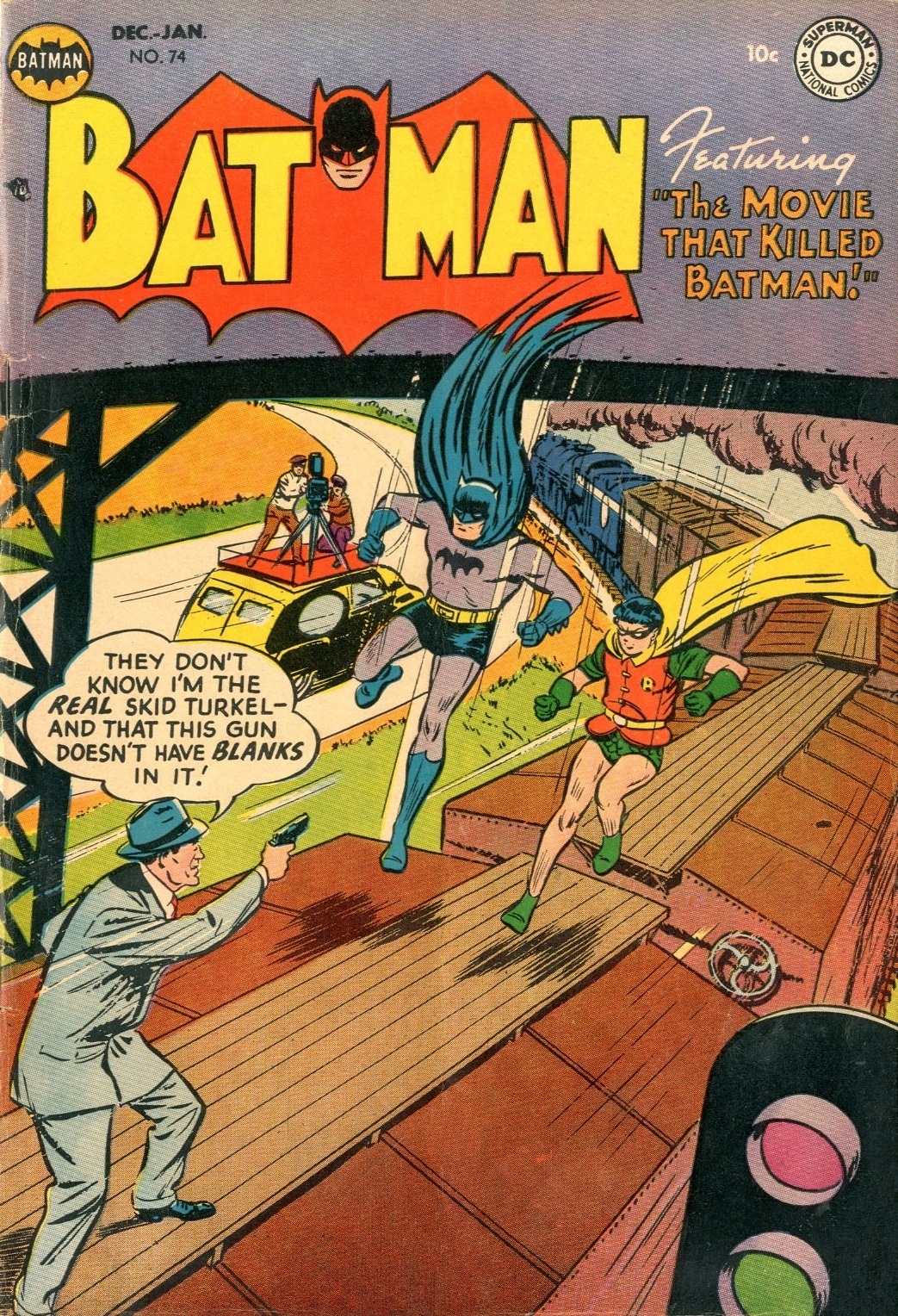
Batman (1940-2011) #74
1952
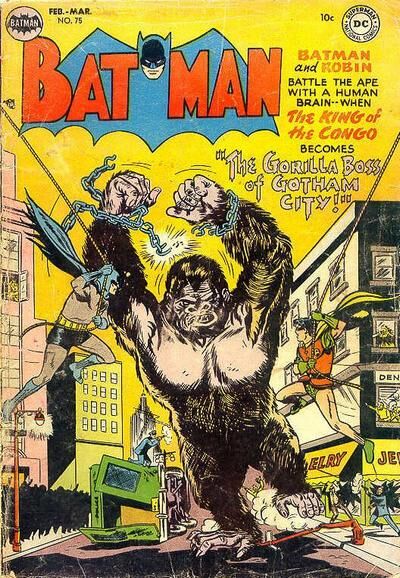
Batman (1940-2011) #75
2025
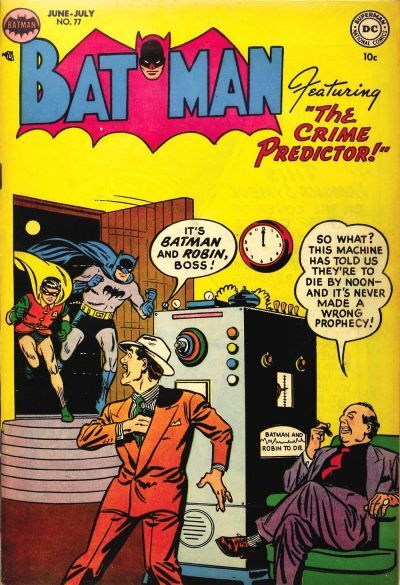
Batman (1940-2011) #77
2025
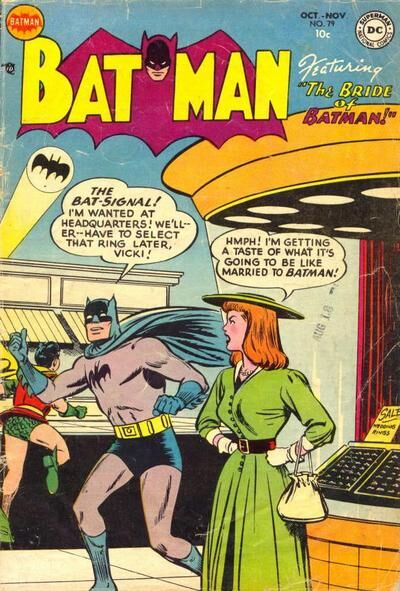
Batman (1940-2011) #79
2025
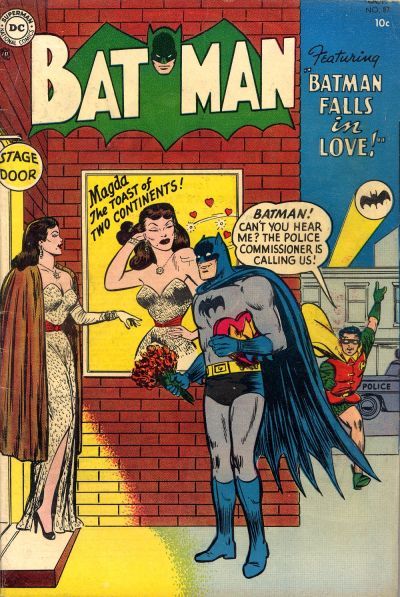
Batman (1940-2011) #87
1954
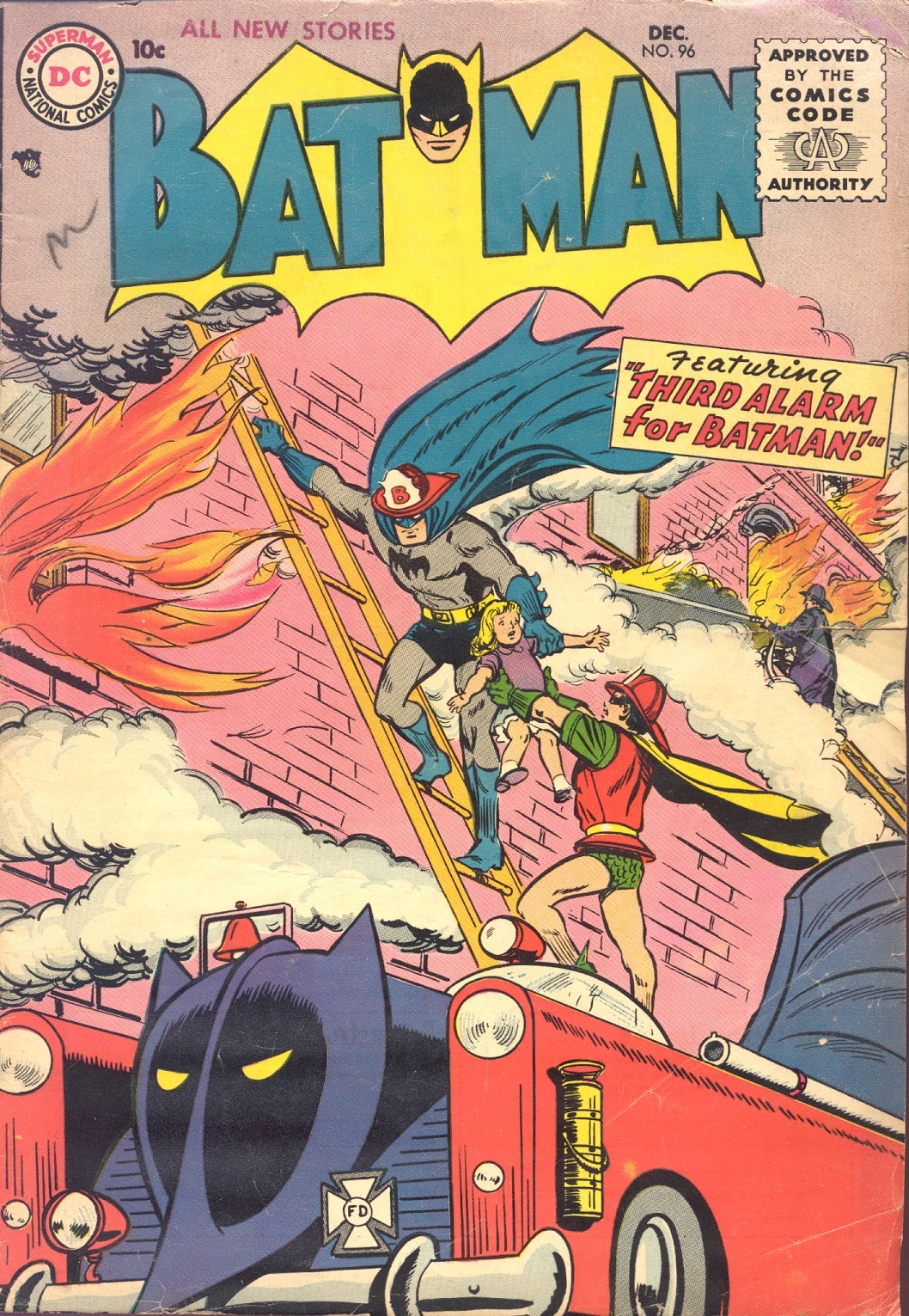
Batman (1940-2011) #96
1955
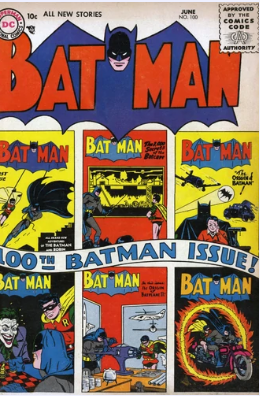
Batman (1940-2011) #100
1956
Batman (1940-2011) #121
1959
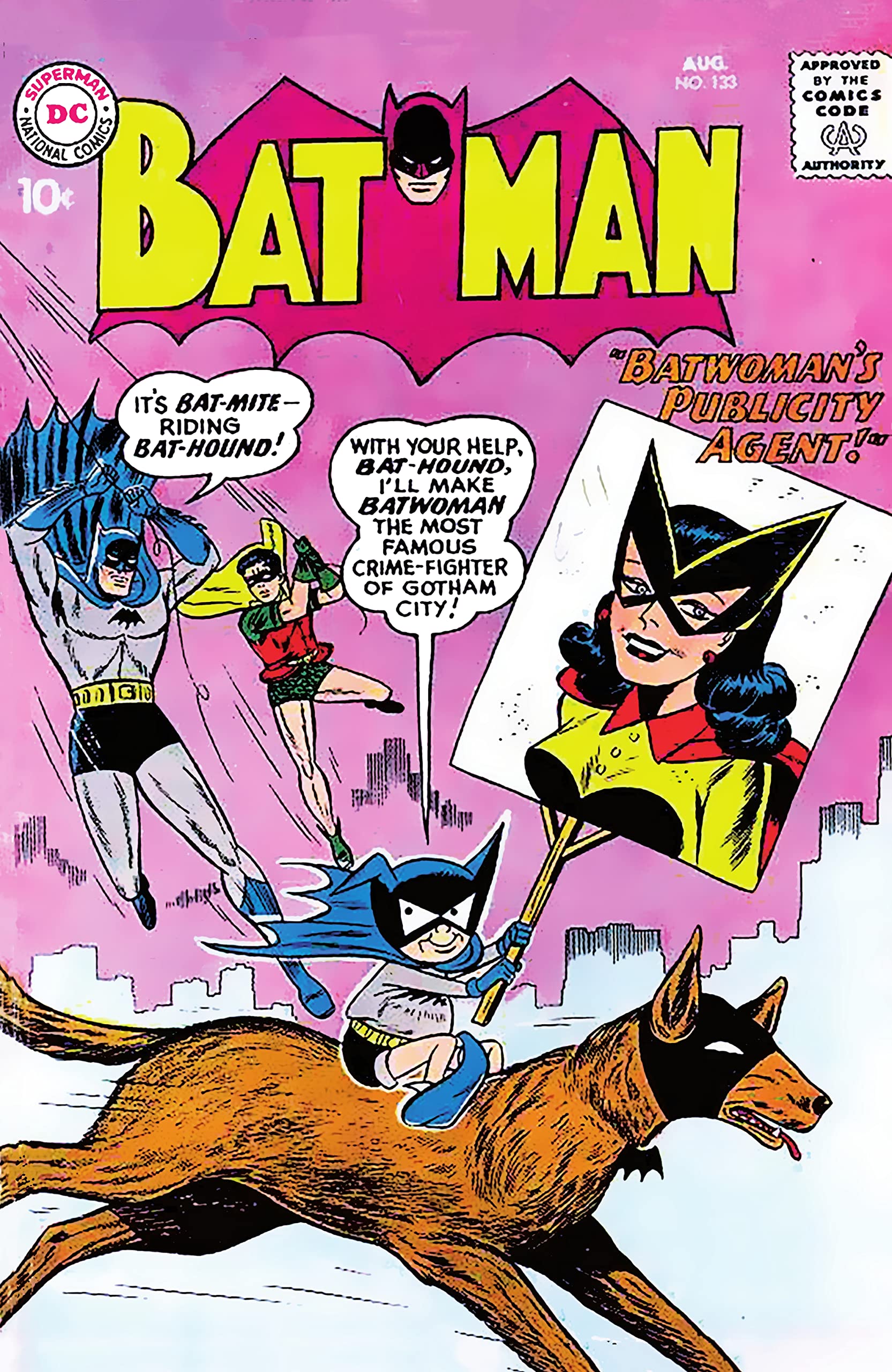
Batman (1940-2011) #133
1960
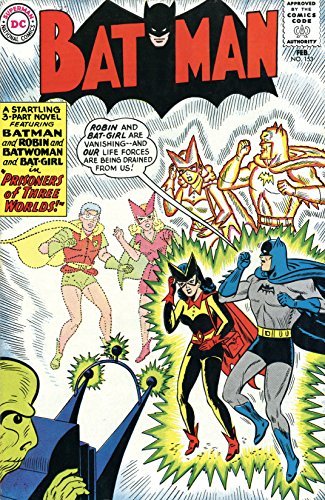
Batman (1940-2011) #153
1963

Batman (1940-2011) #159
1963
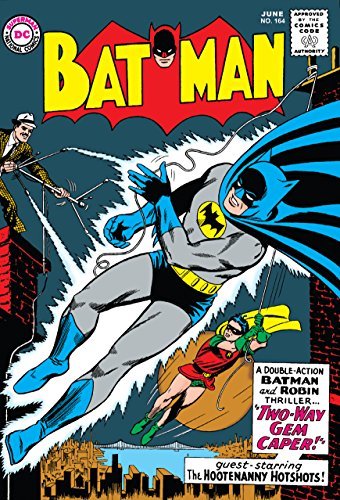
Batman (1940-2011) #164
1964
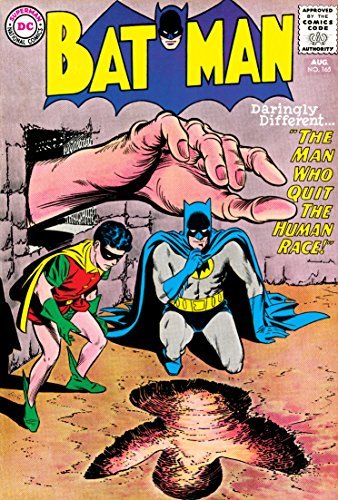
Batman (1940-2011) #165
1964
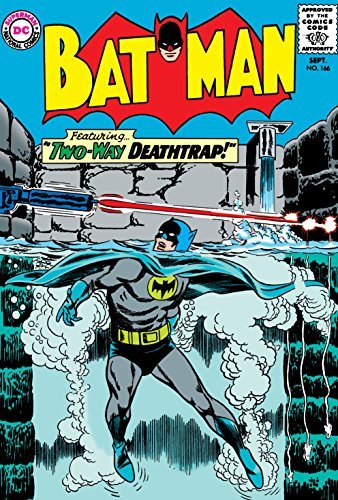
Batman (1940-2011) #166
1964
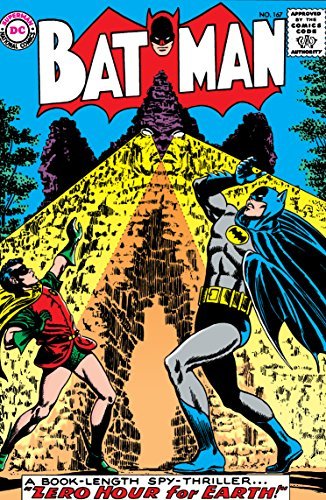
Batman (1940-2011) #167
1964
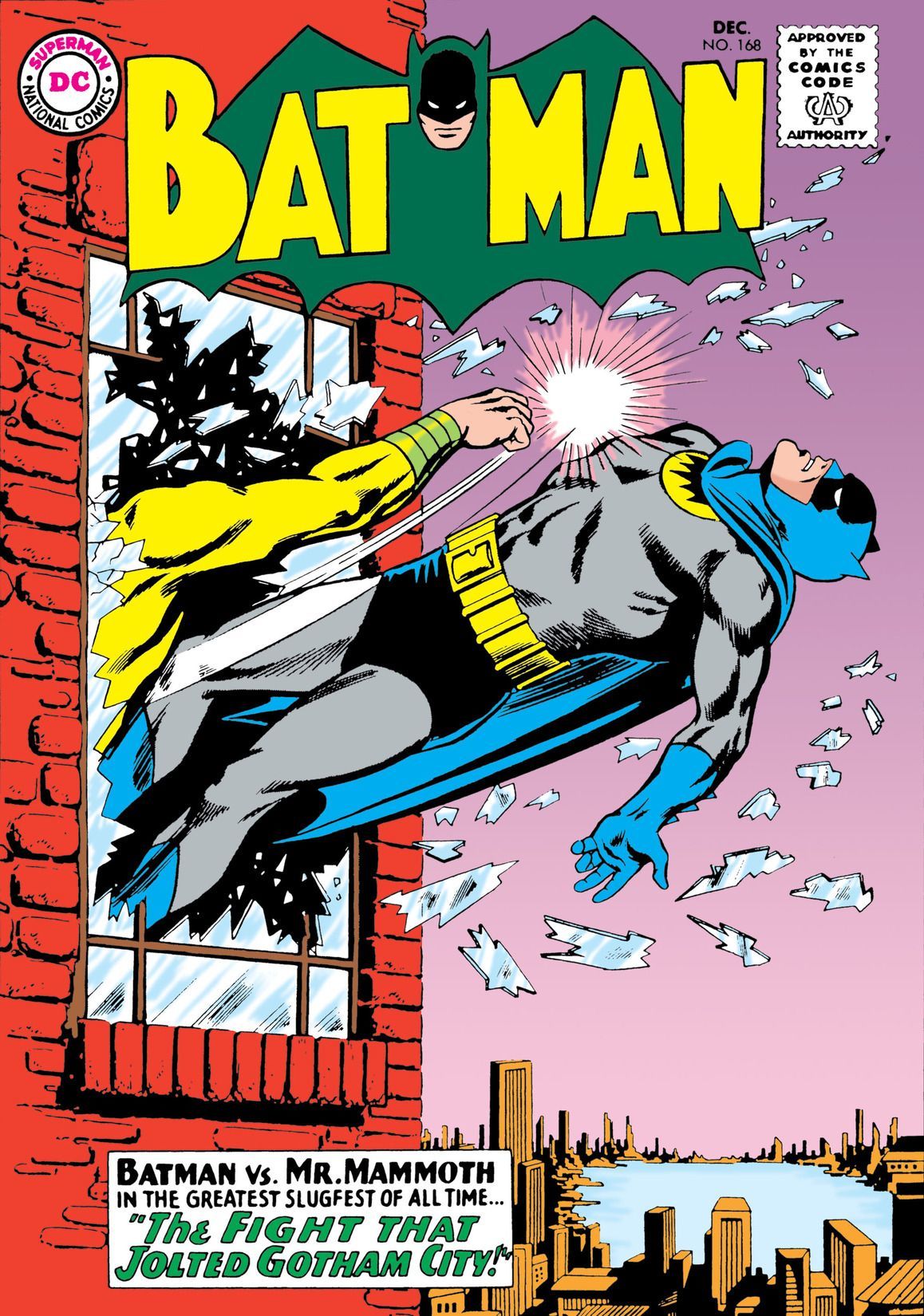
Batman (1940-2011) #168
1964
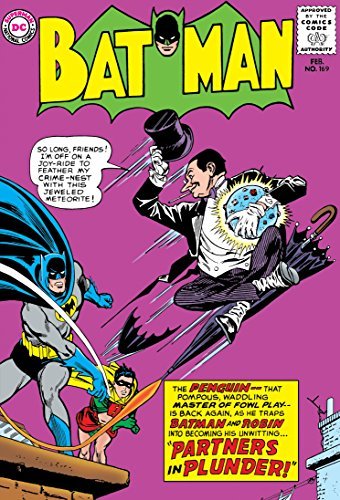
Batman (1940-2011) #169
1965
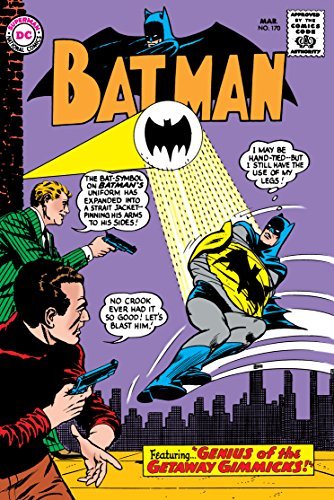
Batman (1940-2011) #170
1965
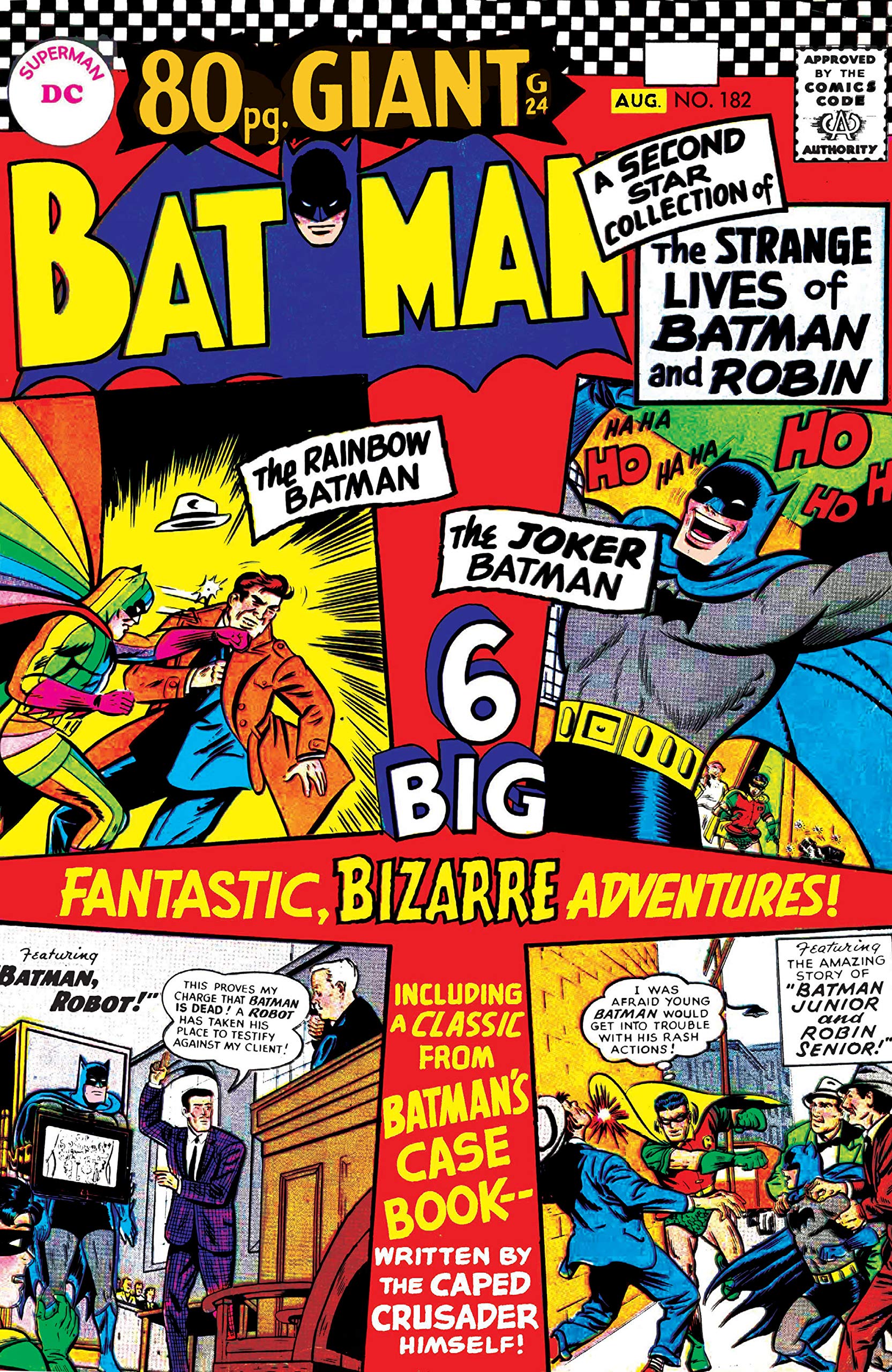
Batman (1940-2011) #182
1966
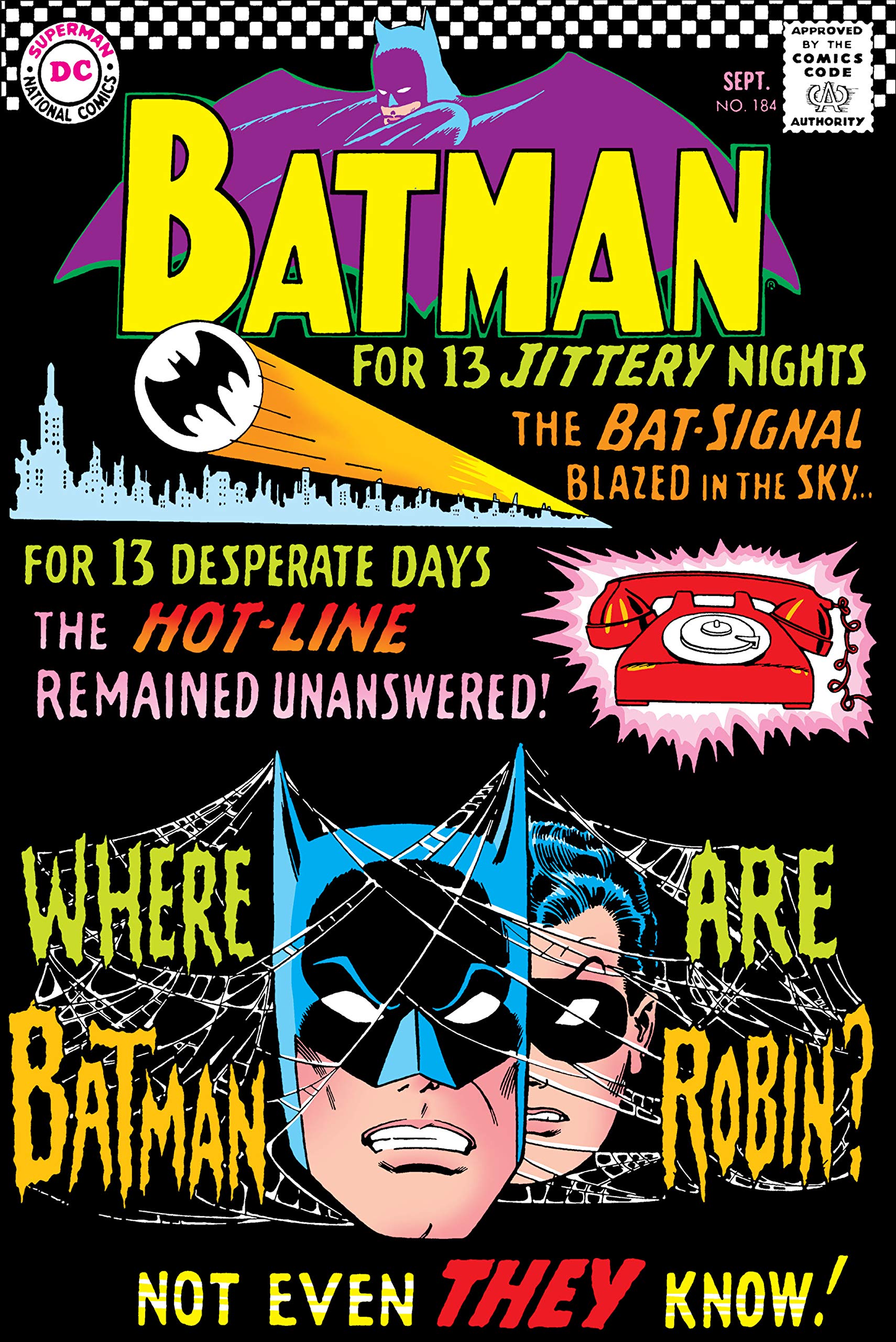
Batman (1940-2011) #184
1966
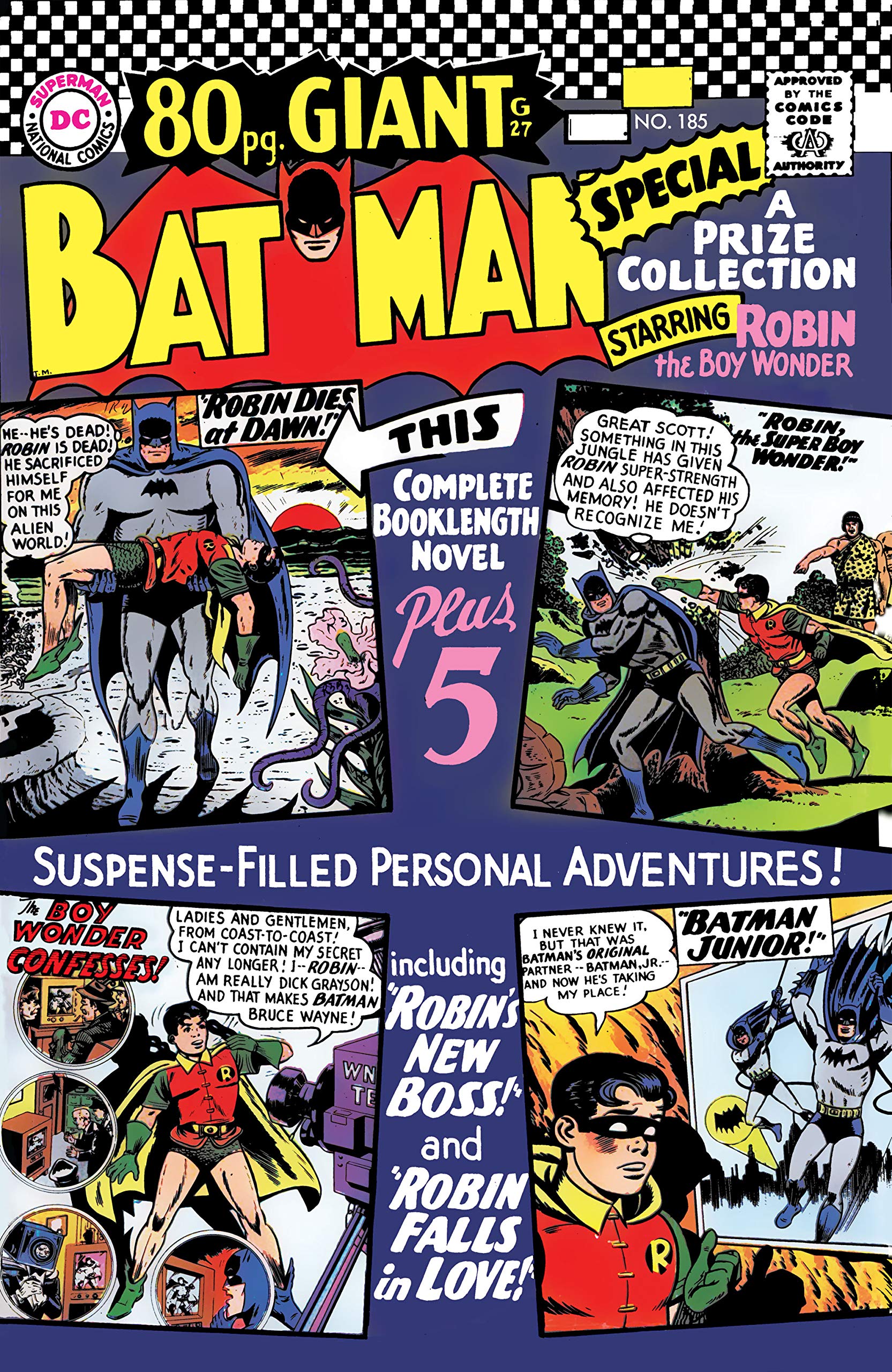
Batman (1940-2011) #185
1966
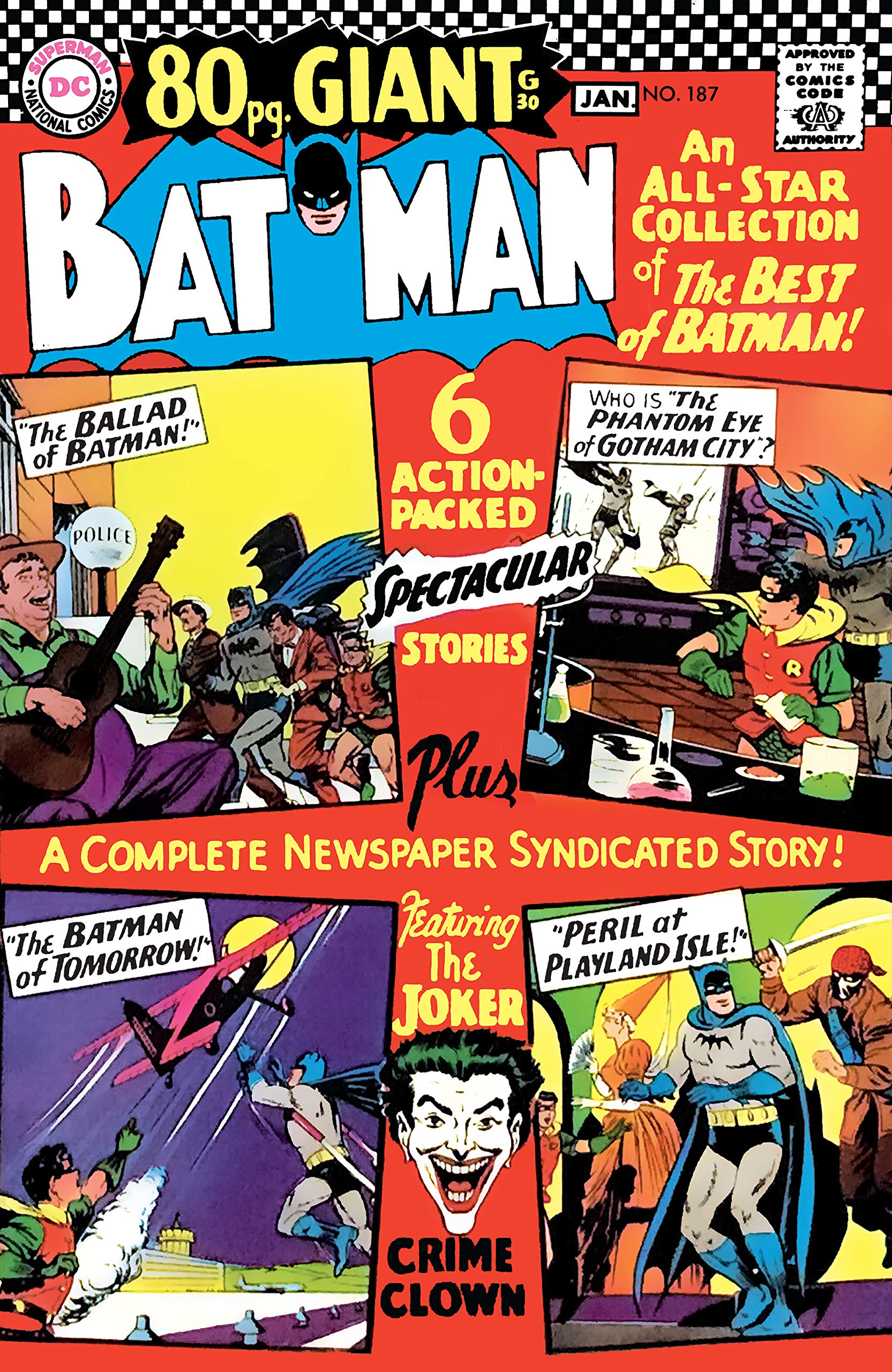
Batman (1940-2011) #187
1966
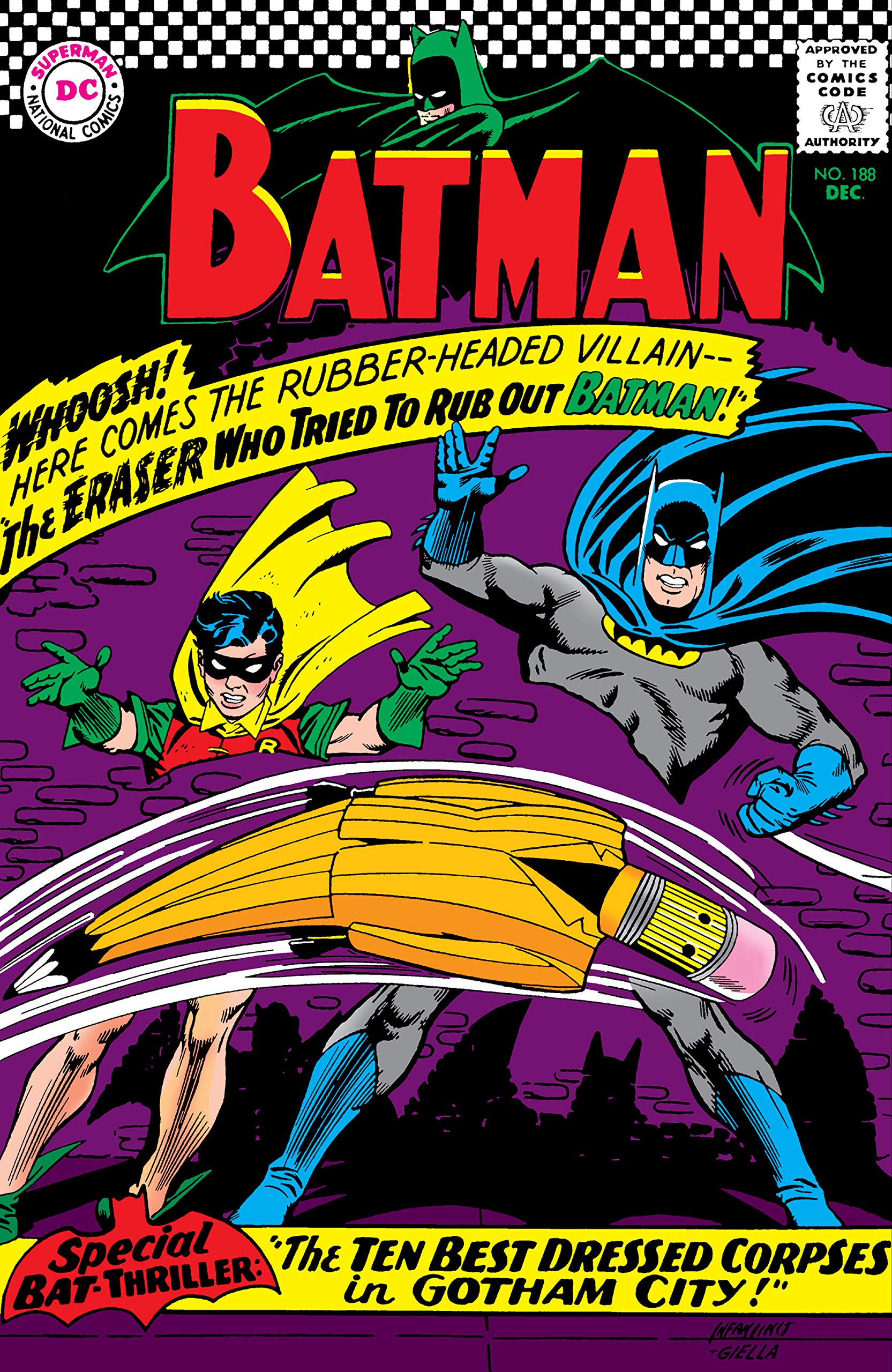
Batman (1940-2011) #188
1966
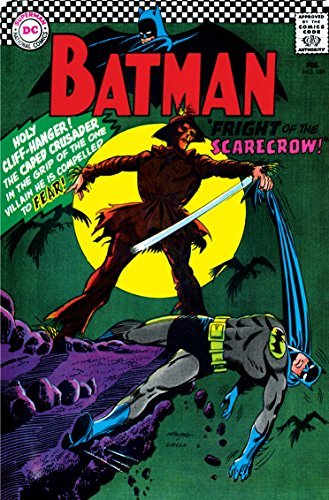
Batman (1940-2011) #189
1967
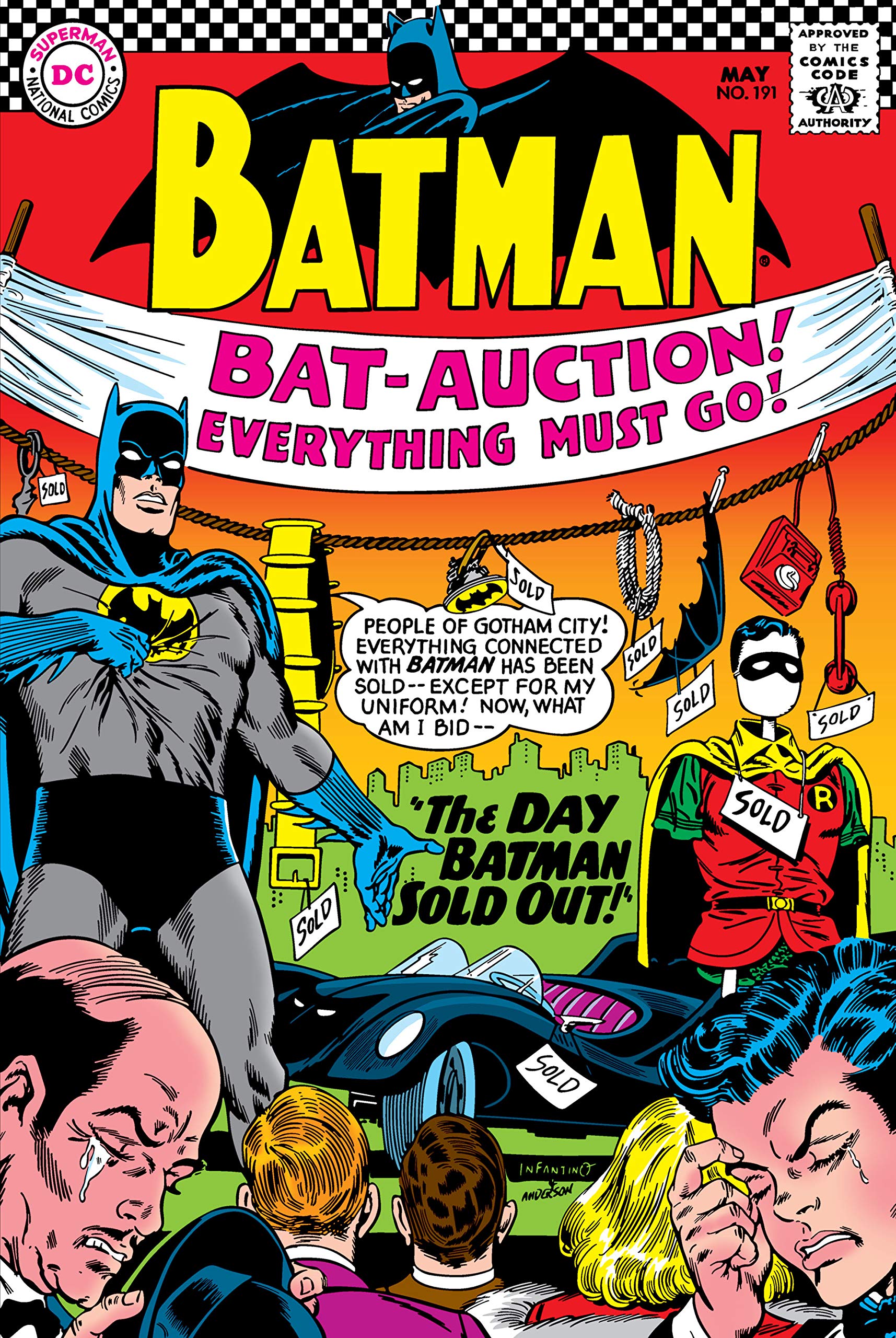
Batman (1940-2011) #191
1967
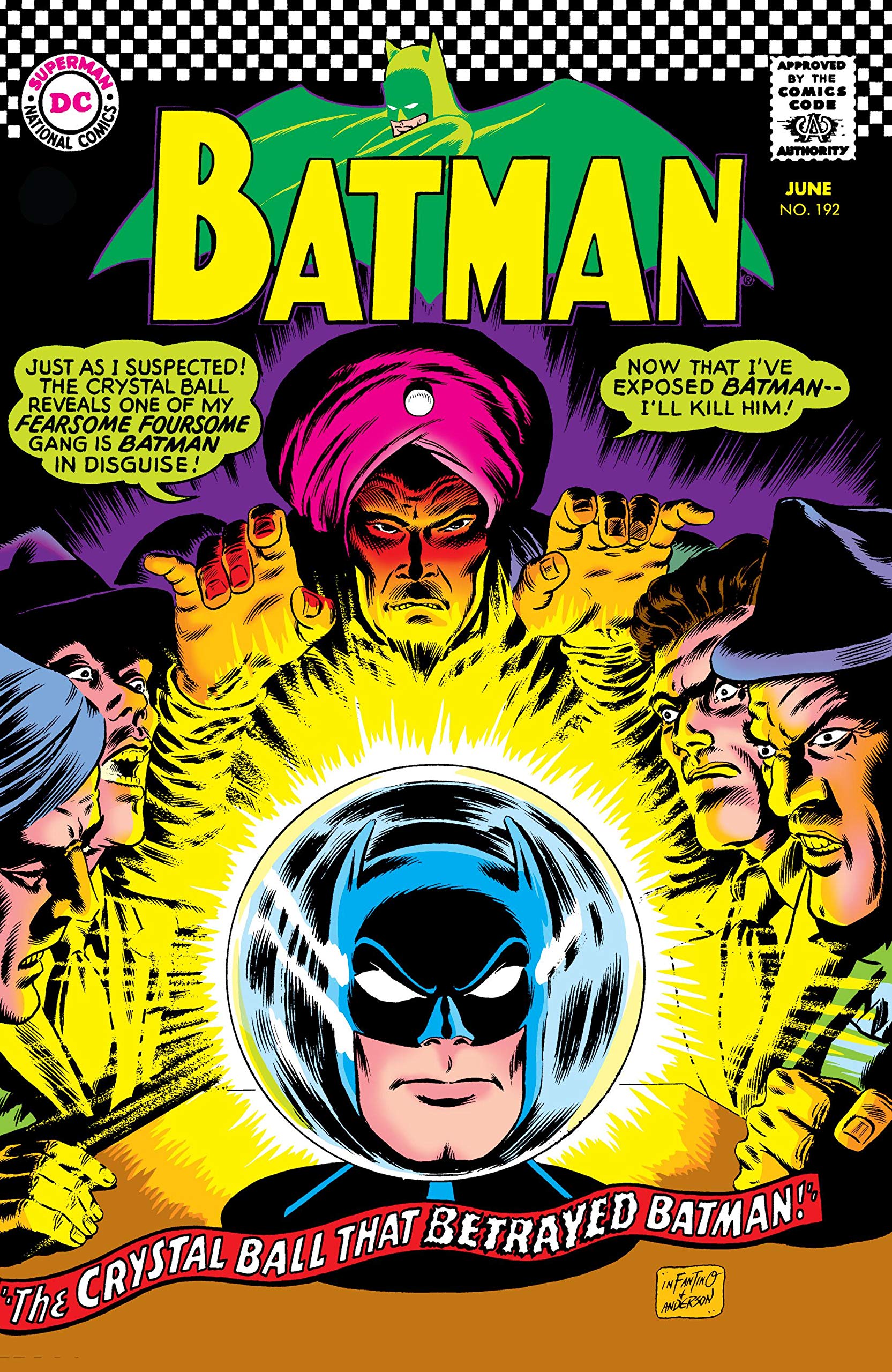
Batman (1940-2011) #192
1967
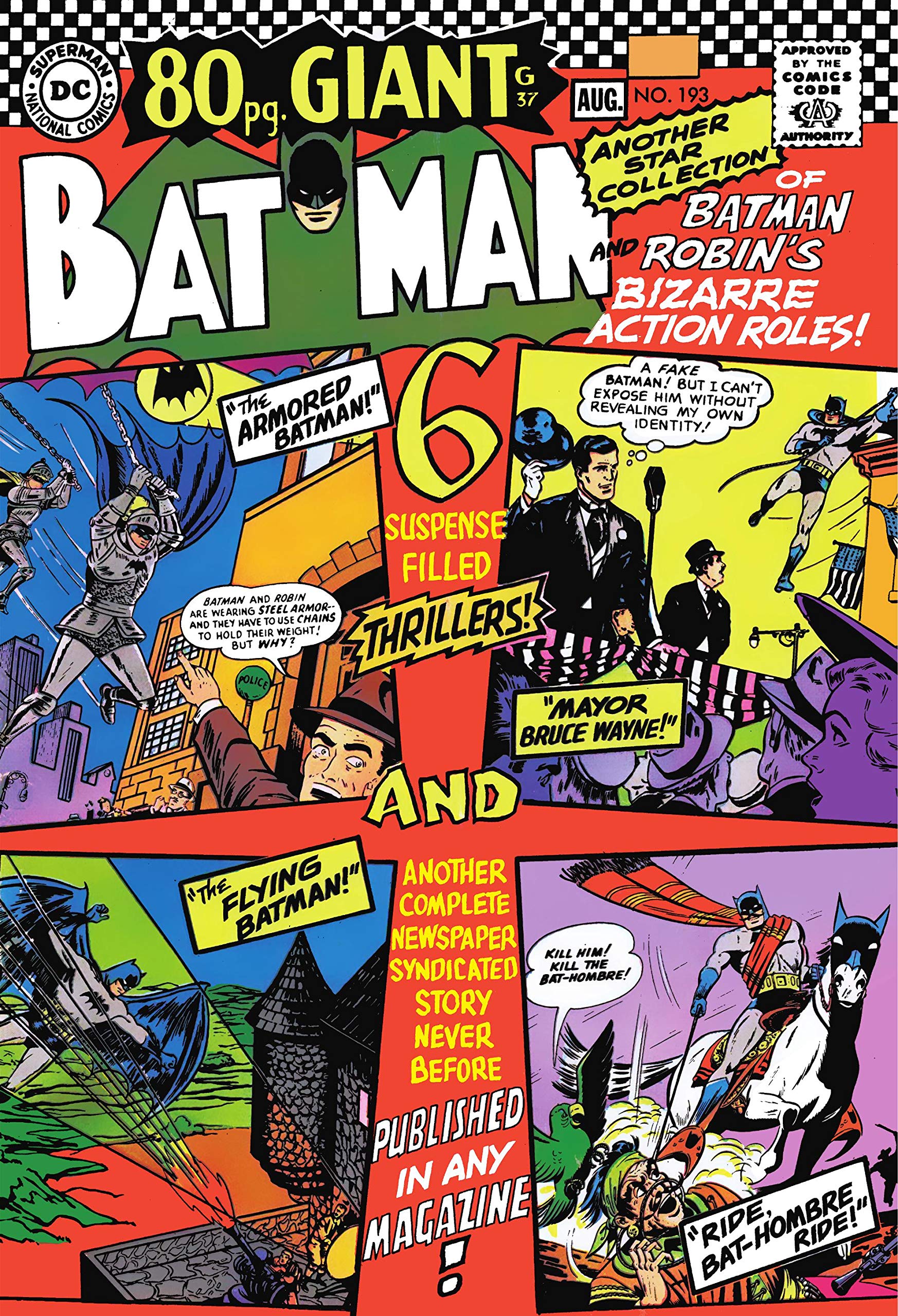
Batman (1940-2011) #193
1967
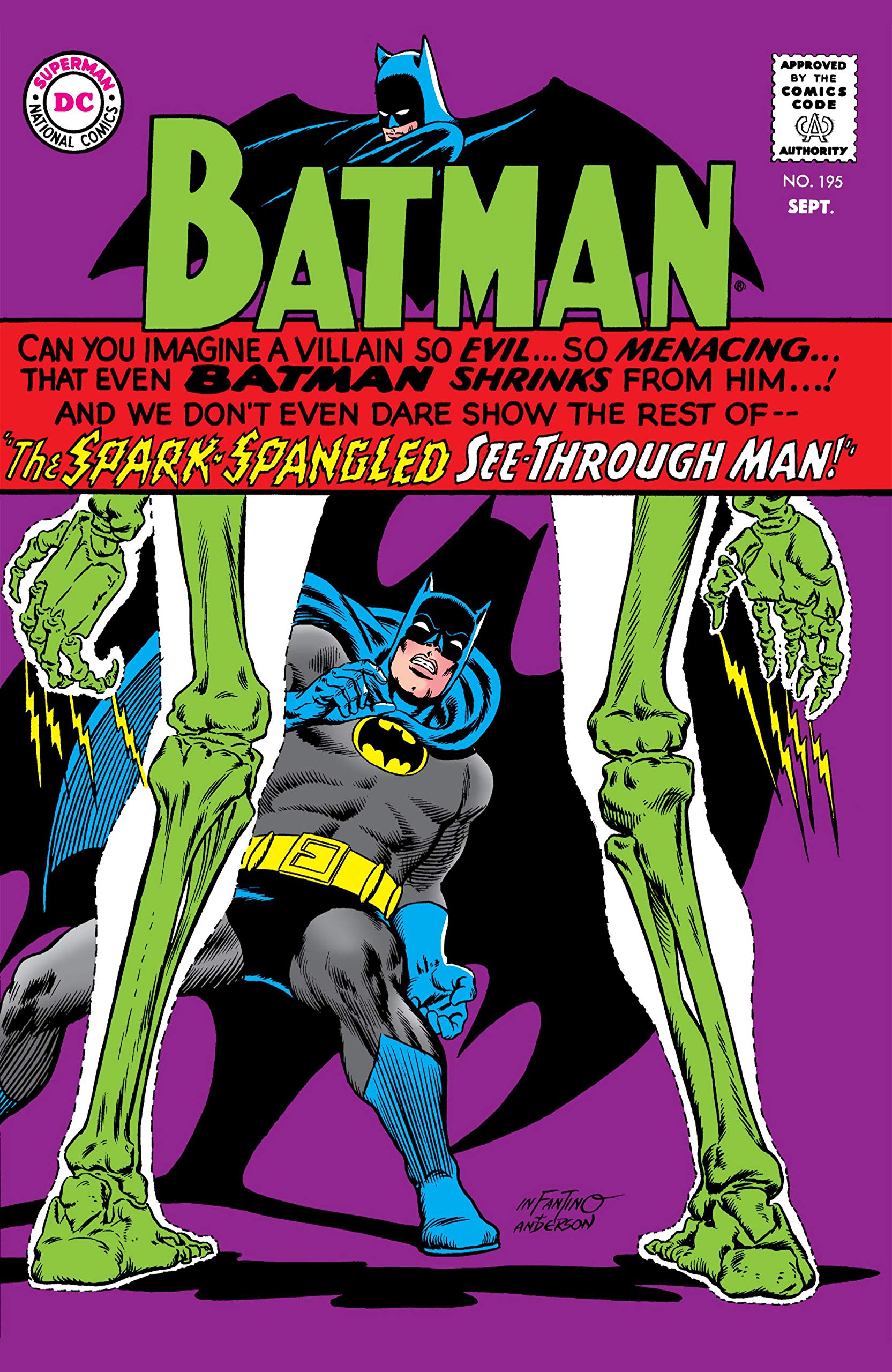
Batman (1940-2011) #195
1967
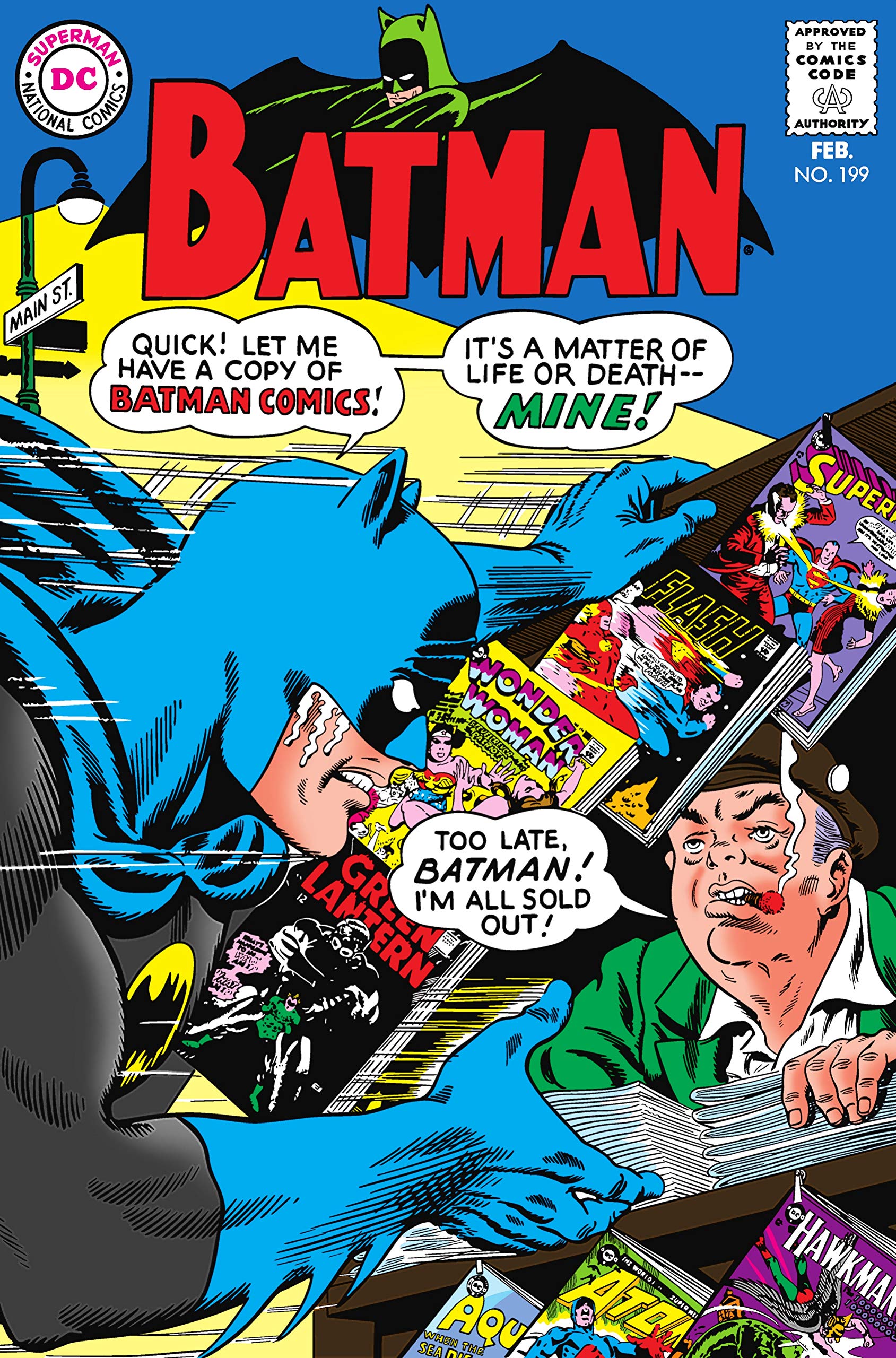
Batman (1940-2011) #199
1968
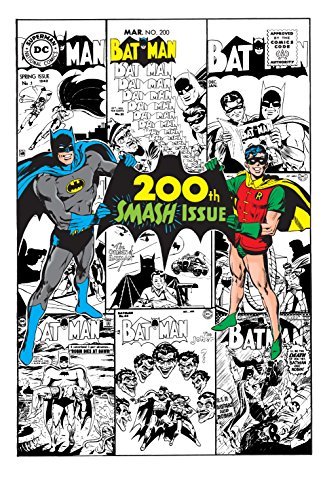
Batman (1940-2011) #200
1968
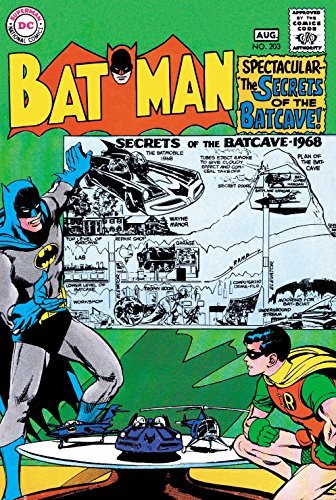
Batman (1940-2011) #203
1968
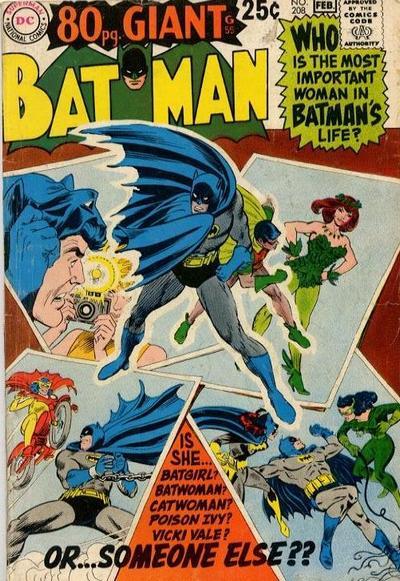
Batman (1940-2011) #208
1969
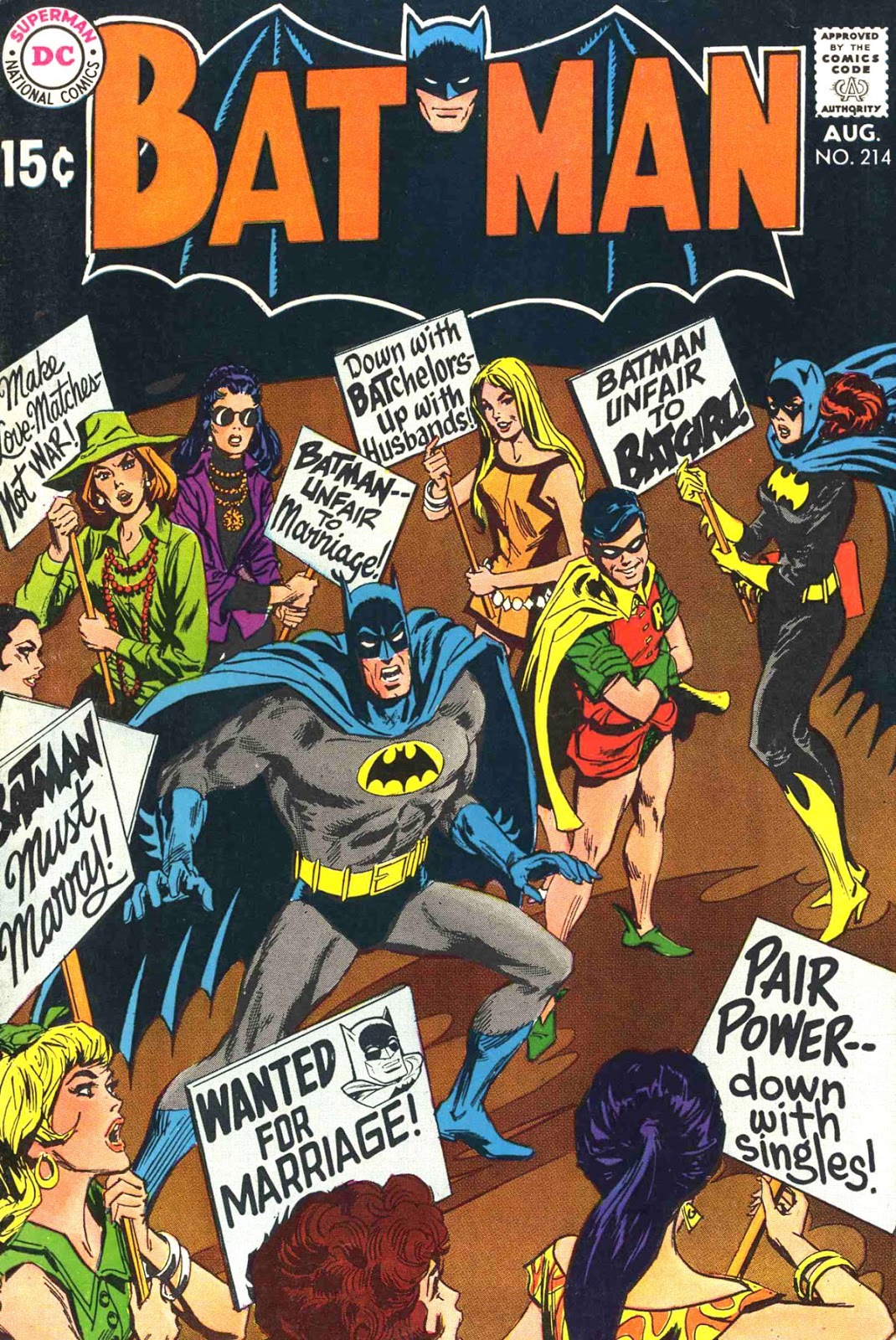
Batman (1940-2011) #214
1969

Batman Arkham
Mister Freeze (Batman
2017
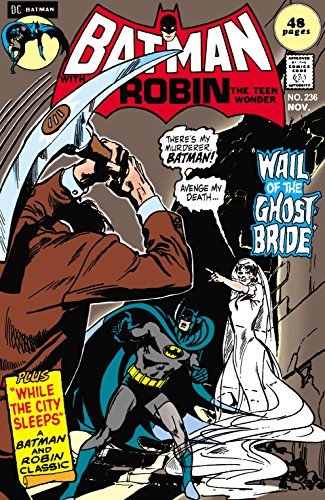
Batman (1940-2011) #236
1971
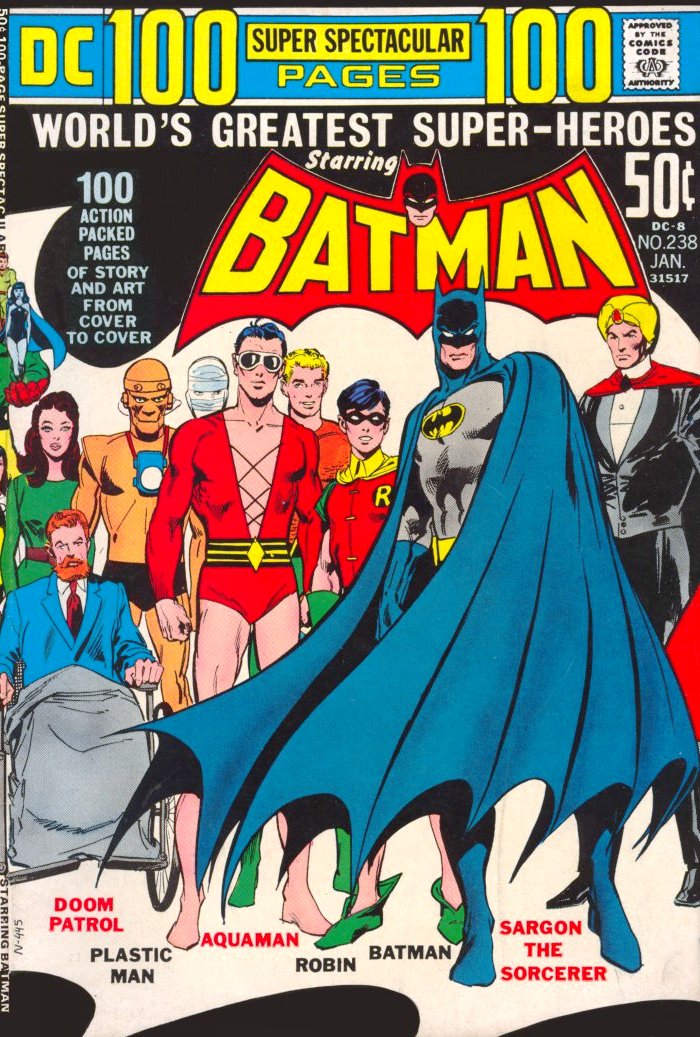
Batman (1940-2011) #238
1972
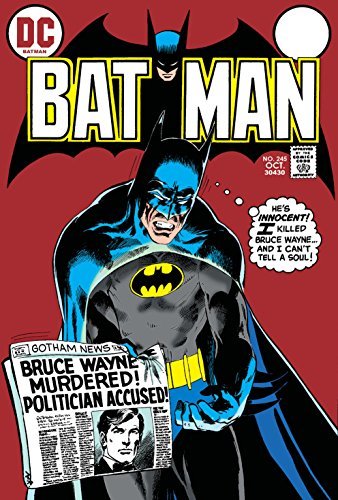
Batman (1940-2011) #245
1972
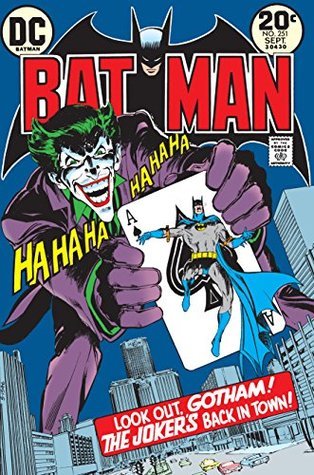
Batman (1940-2011) #251
1973
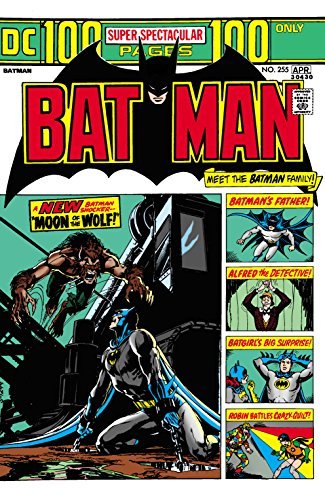
Batman (1940-2011) #255
1974
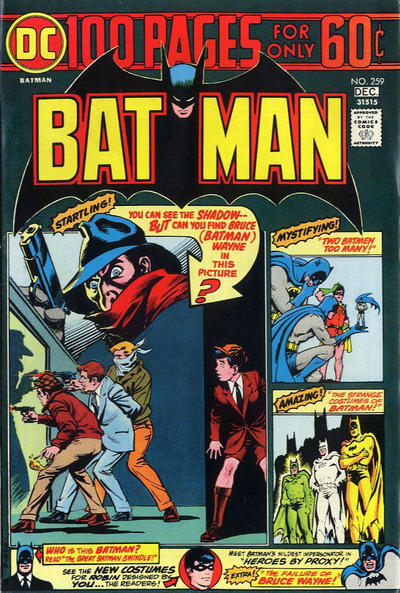
Batman (1940-2011) #259
1974
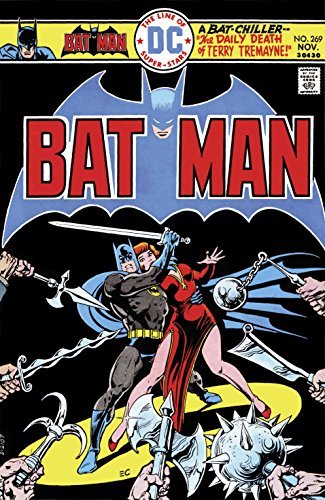
Batman (1940-2011) #269
1975
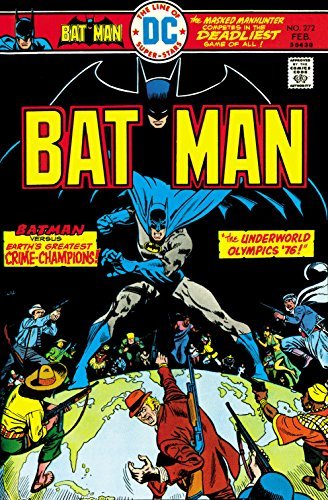
Batman (1940-2011) #272
1976
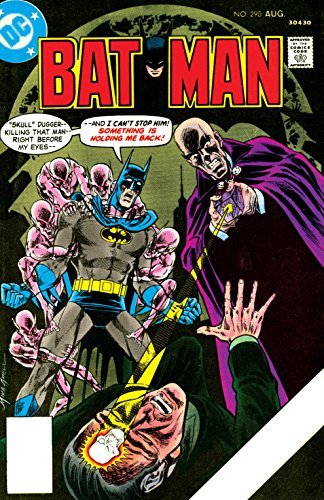
Batman (1940-2011) #290
1977
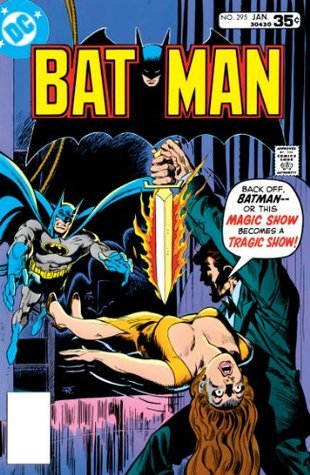
Batman (1940-2011) #295
1970
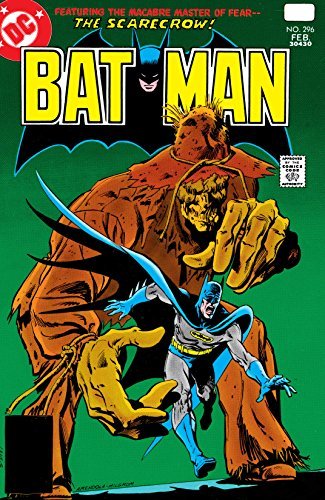
Batman (1940-2011) #296
1978

Batman (1940-2011) #305
1978
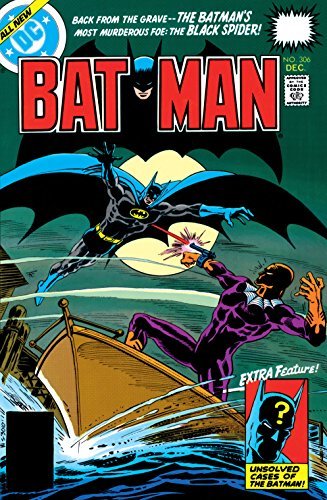
Batman (1940-2011) #306
1978
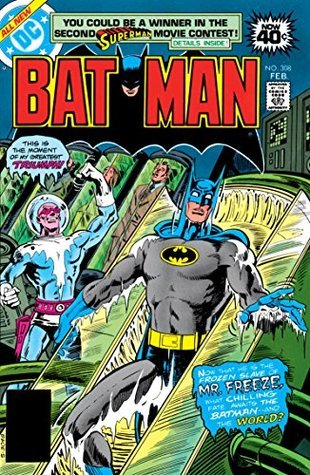
Batman (1940-2011) #308
1979

Batman Arkham
Penguin
2018
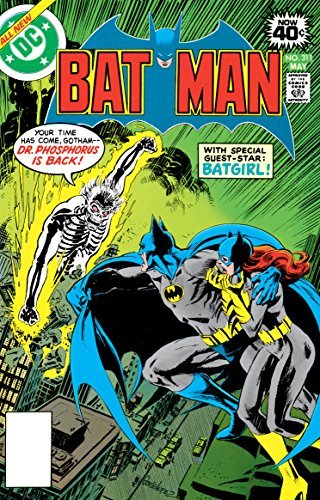
Batman (1940-2011) #311
1979
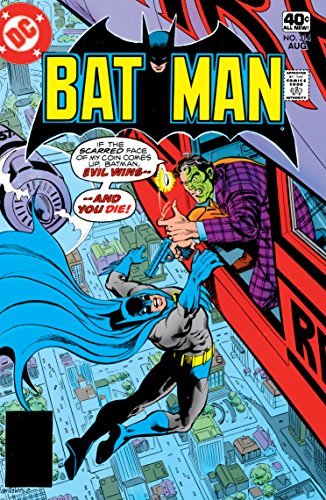
Batman (1940-2011) #314
1979
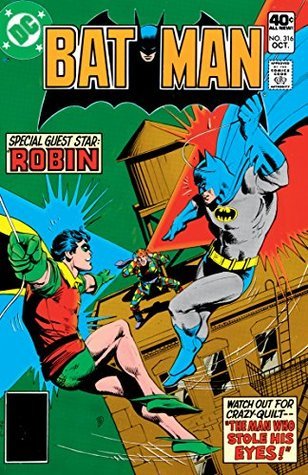
Batman (1940-2011) #316
1979
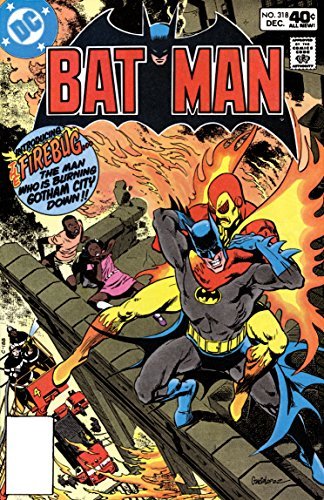
Batman (1940-2011) #318
1979
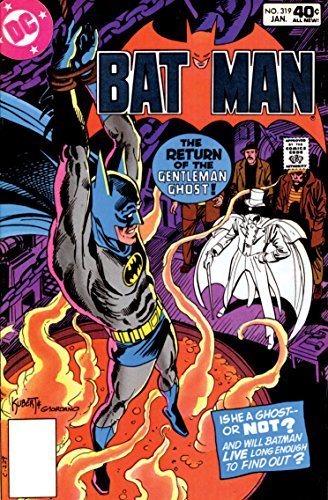
Batman (1940-2011) #319
1980
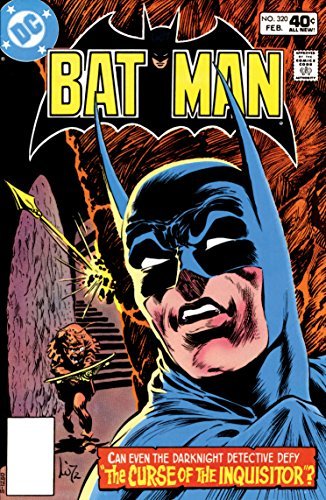
Batman (1940-2011) #320
1980
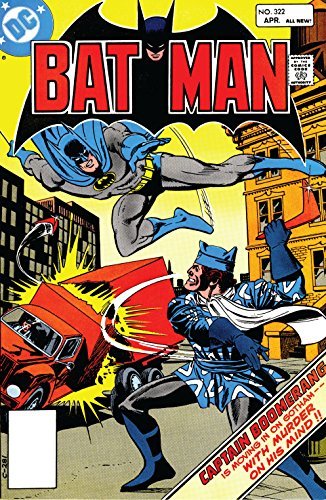
Batman (1940-2011) #322
1980

Batman (1940-2011) #328
1980
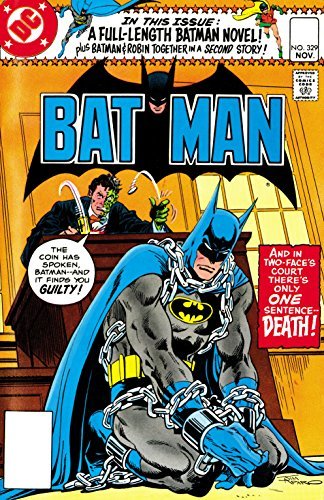
Batman (1940-2011) #329
1980

Batman Arkham
The Riddler
2015
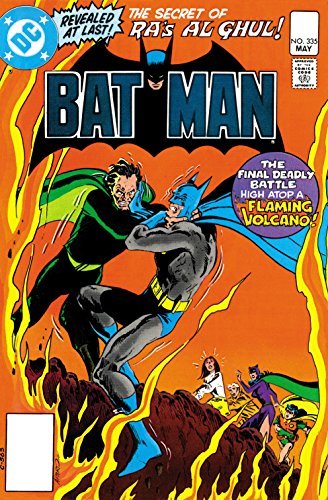
Batman (1940-2011) #335
1981
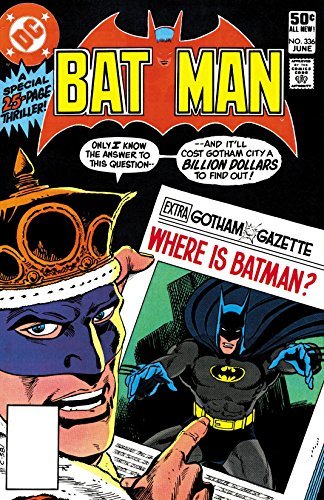
Batman (1940-2011) #336
1981
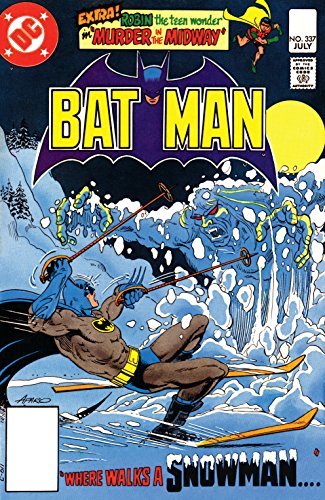
Batman (1940-2011) #337
1981
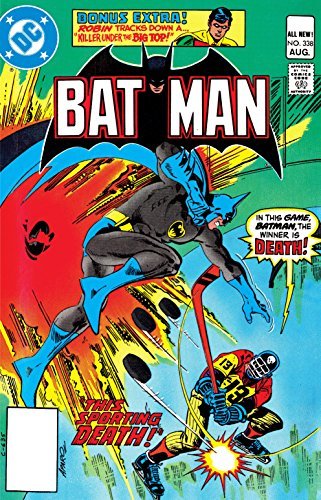
Batman (1940-2011) #338
1980
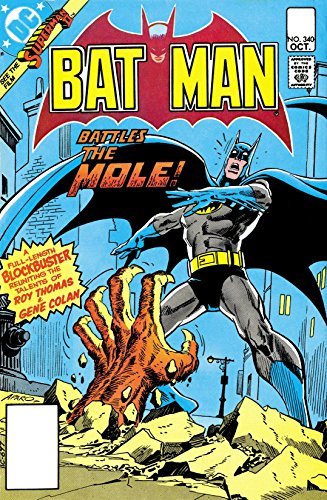
Batman (1940-2011) #340
1980
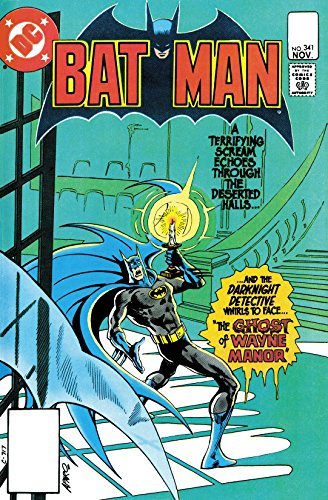
Batman (1940-2011) #341
1980
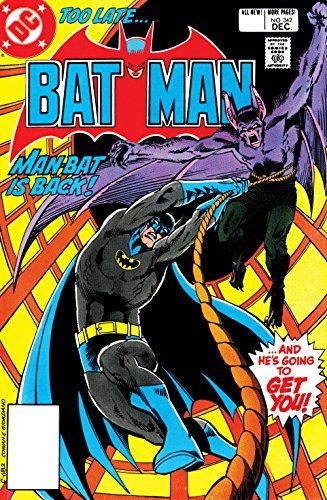
Batman (1940-2011) #342
1980
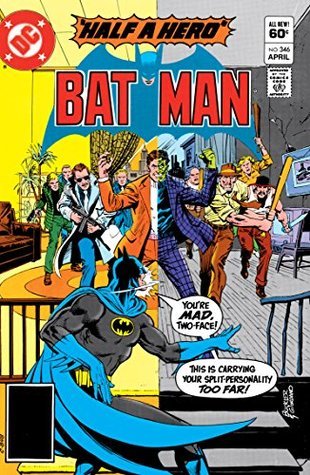
Batman (1940-2011) #346
1982
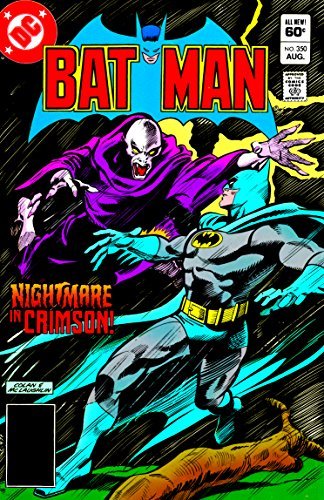
Batman (1940-2011) #350
1982

Batman Illustrated by Neal Adams, Vol. 1
2003
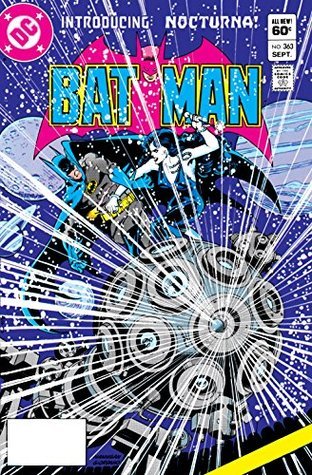
Batman (1940-2011) #363
1983
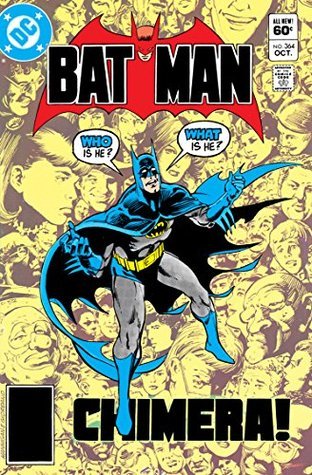
Batman (1940-2011) #364
1983
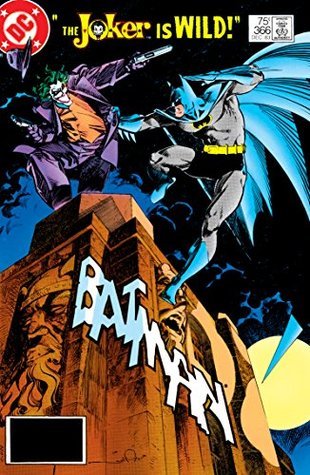
Batman (1940-2011) #366
1983
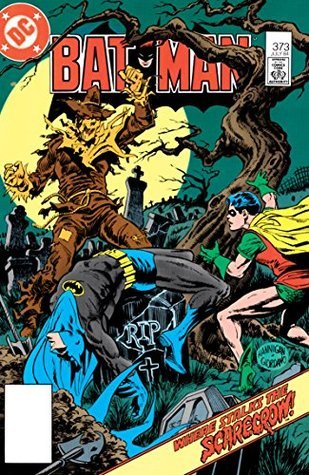
Batman (1940-2011) #373
1984
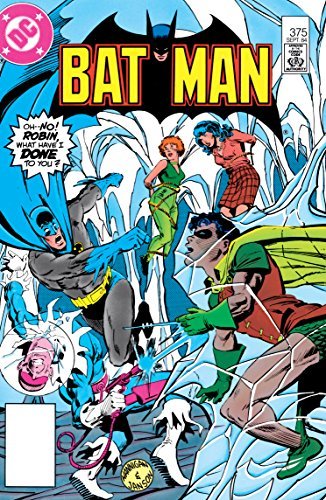
Batman (1940-2011) #375
1984

Batman
Joker's Revenge
1998
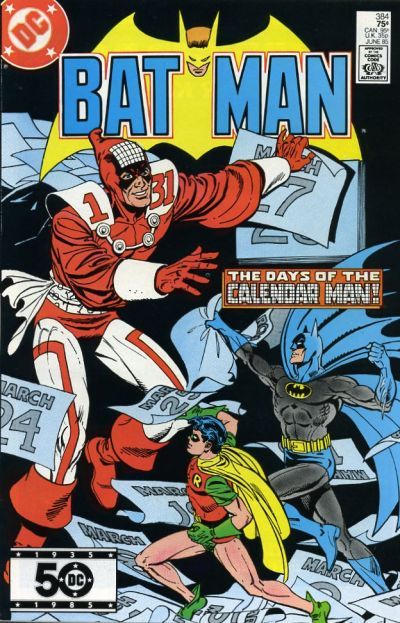
Batman (1940-2011) #384
2025
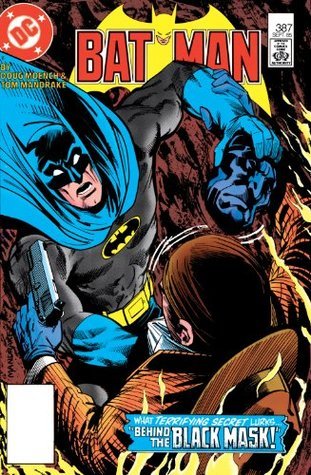
Batman (1940-2011) #387
1985
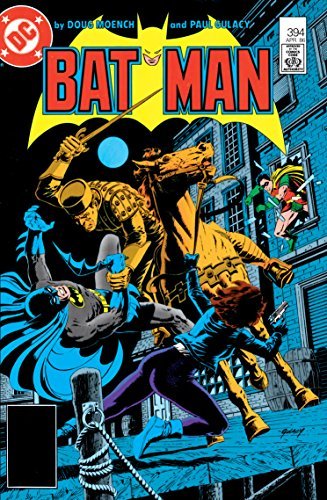
Batman (1940-2011) #394
1986
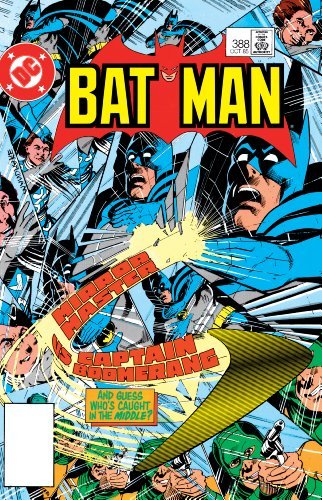
Batman (1940-2011) #388
1985
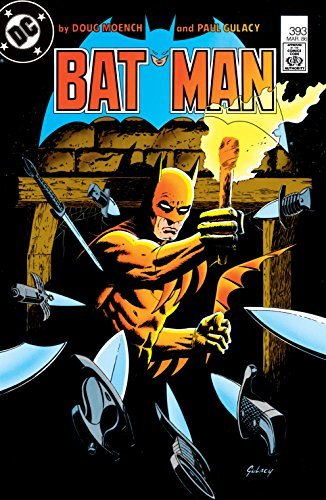
Batman (1940-2011) #393
1980

Batman
Arkham: Two-Face (Batman
2015

Batman (1940-2011) #400
1994

Batman (1940-2011) #404
1986

Batman (1940-2011) #405
1986

Batman (1940-2011) #406
1987

Batman (1940-2011) #407
1987

Batman (1940-2011) #409
1987

Batman (1940-2011) #410
1987

Batman (1940-2011) #411
1987

Batman (1940-2011) #412
1940

Batman (1940-2011) #413
1987

Batman (1940-2011) #414
1940

Batman (1940-2011) #415
1940

Batman (1940-2011) #416
1988

Batman (1940-2011) #417
1988

Batman (1940-2011) #418
1988

Batman (1940-2011) #419
1988

Batman (1940-2011) #420
1940

Batman (1940-2011) #421
1940

Batman (1940-2011) #422
1988

Batman (1940-2011) #423
1988

Batman (1940-2011) #424
1988
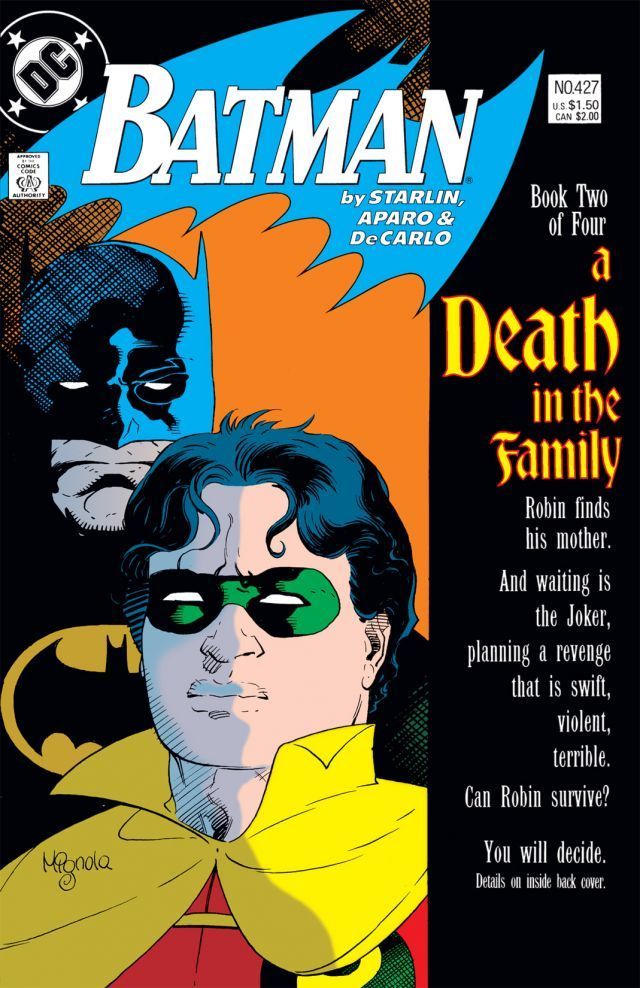
Batman (1940-2011) #427
1988
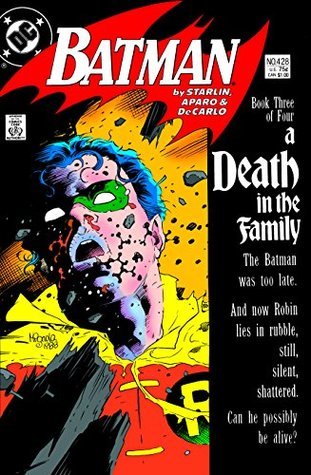
Batman (1940-2011) #428
1988
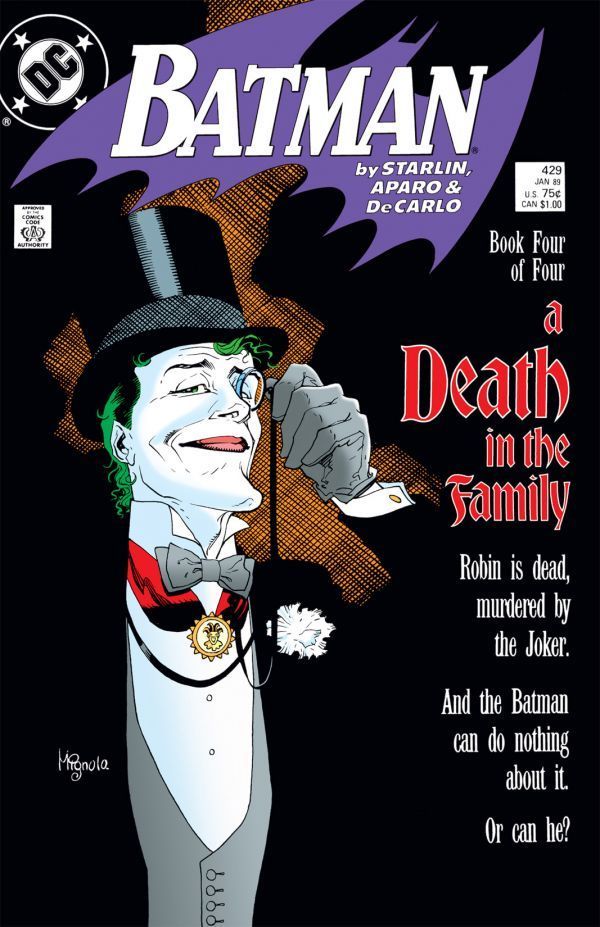
Batman (1940-2011) #429
1988

Batman (1940-2011) #436
1989

Batman (1940-2011) #443
1940

Batman Arkham
Hugo Strange
2018
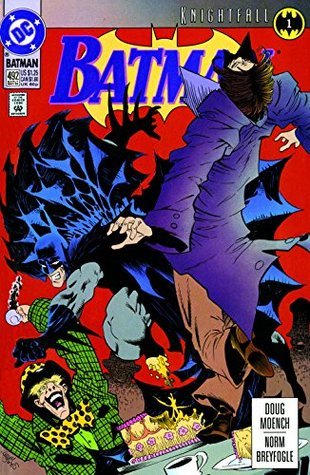
Batman (1940-2011) #492
1993
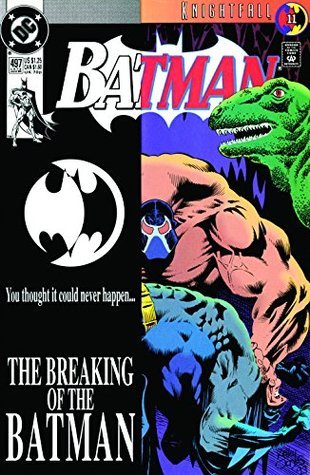
Batman (1940-2011) #497
1993
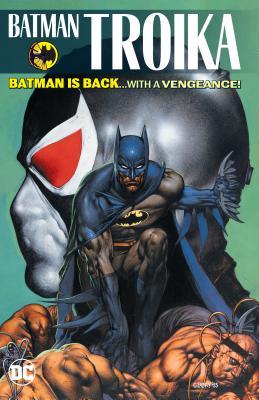
Batman Troika
2019
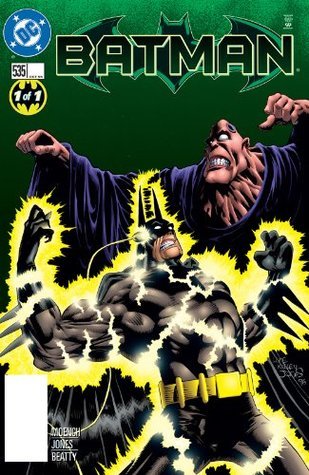
Batman (1940-2011) #535
1996

Batman (1940-2011) #703
2010
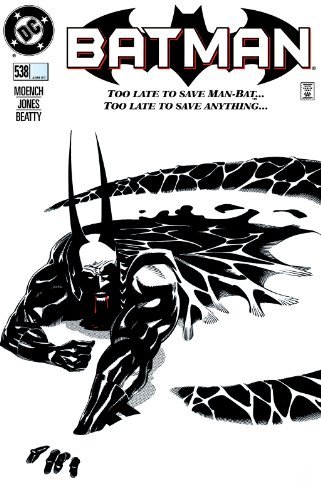
Batman (1940-2011) #538
1996
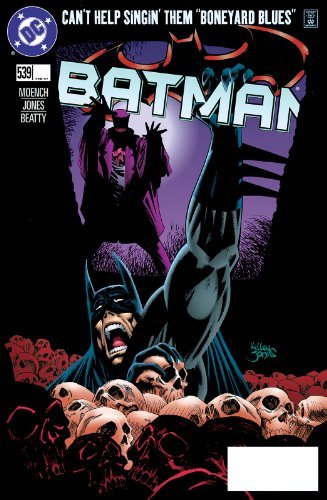
Batman (1940-2011) #539
1996
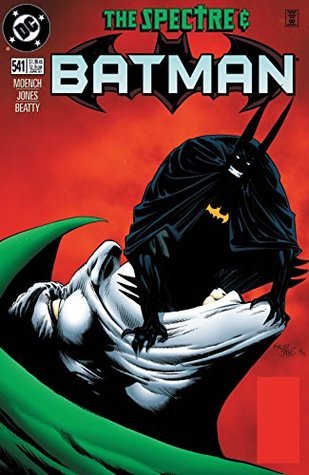
Batman (1940-2011) #541
1997
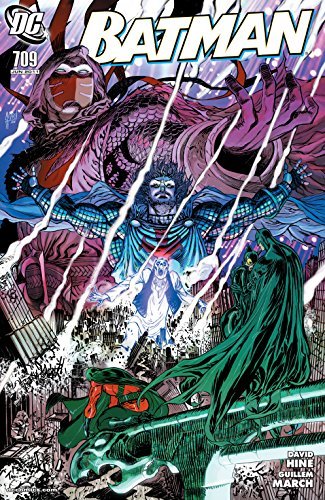
Batman (1940-2011) #709
2011
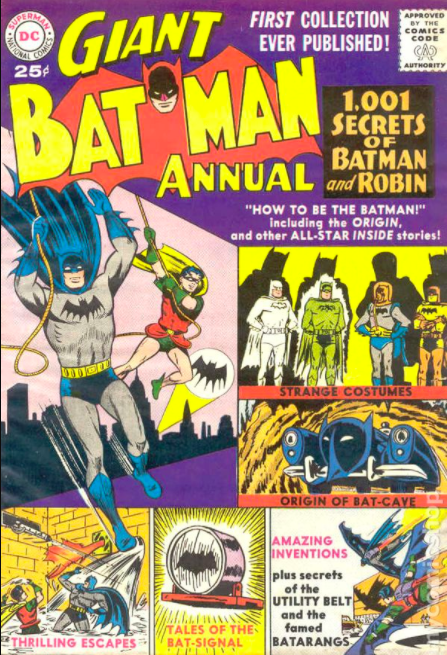
Batman (1940-2011) Annual #1
1961
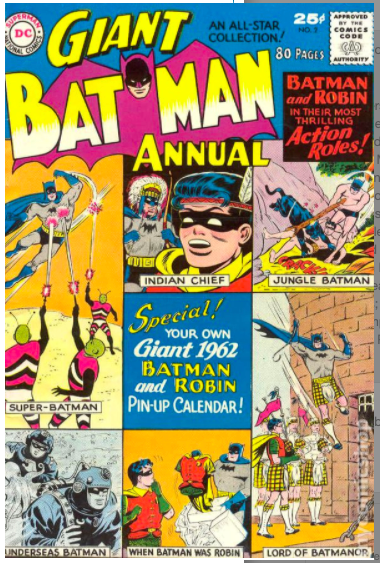
Batman (1940-2011) Annual #2
1961
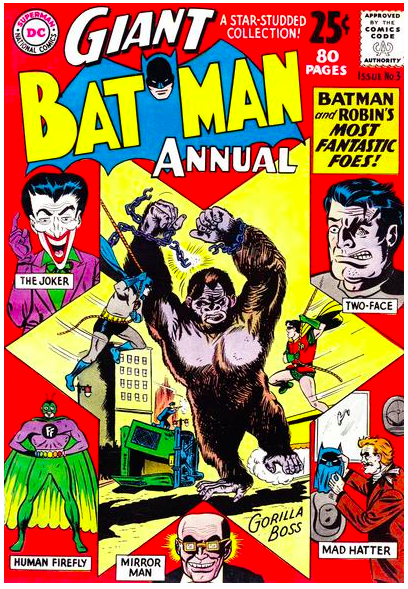
Batman (1940-2011) Annual #3
1962

Batman Annual #11
1987
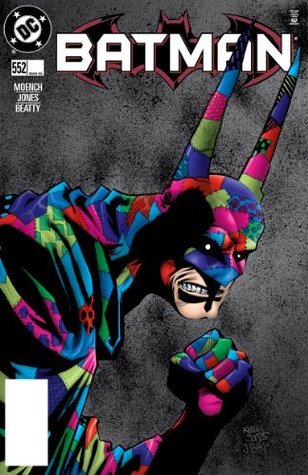
Batman (1940-2011) #552
1998
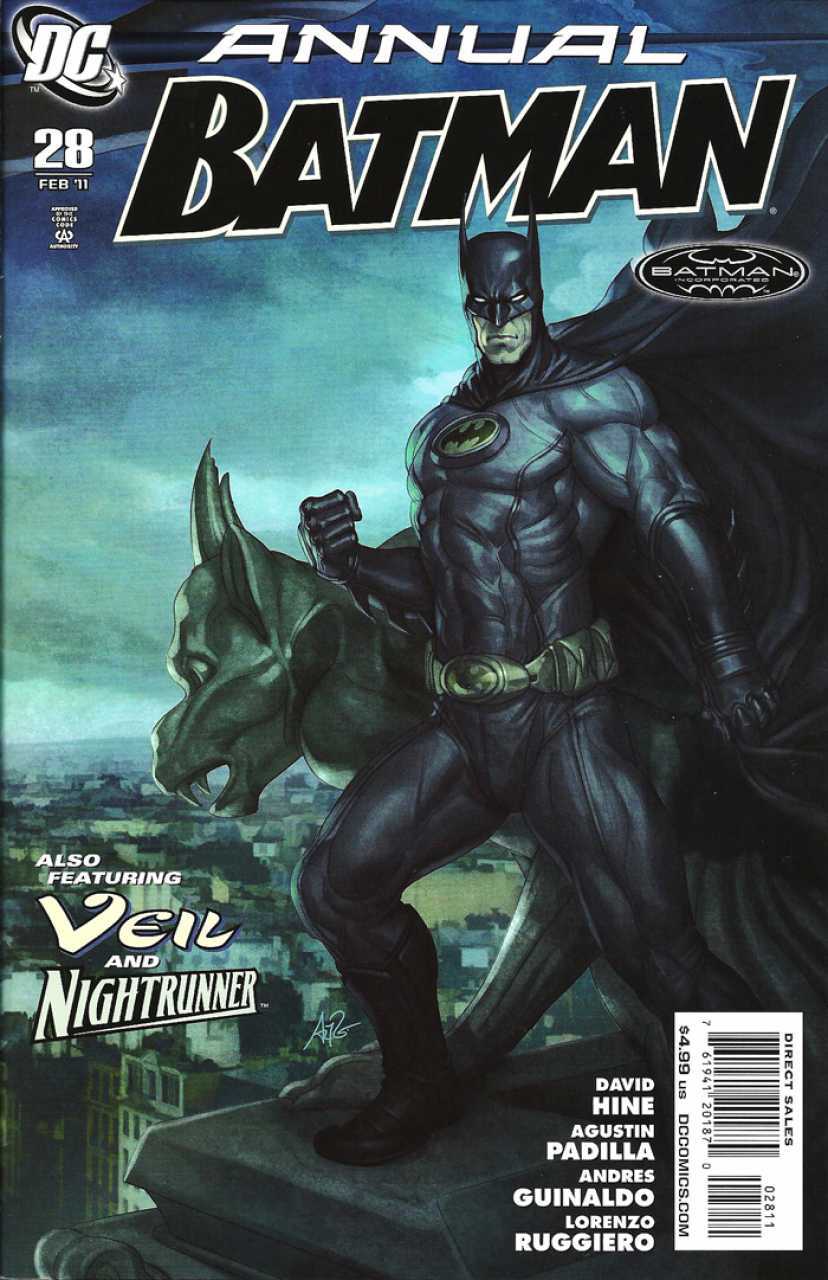
Batman Annual #28
2010

Batman (1940-2011) #575
2000

Batman (1940-2011) #576
2000

Batman (1940-2011) #577
2000

Batman (1940-2011) #578
2000

Batman (1940-2011) #580
2000

Batman (1940-2011) #581
2000

Batman
Officer Down
2001

Batman (1940-2011) #597
2002
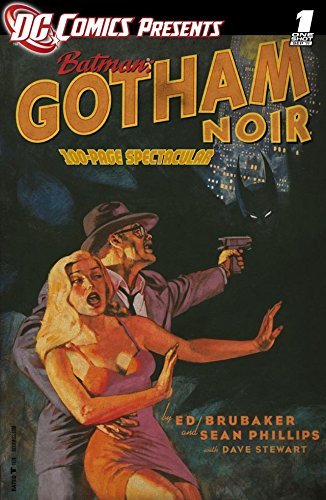
DC Comics Presents
Batman - Gotham Noir #1
2011
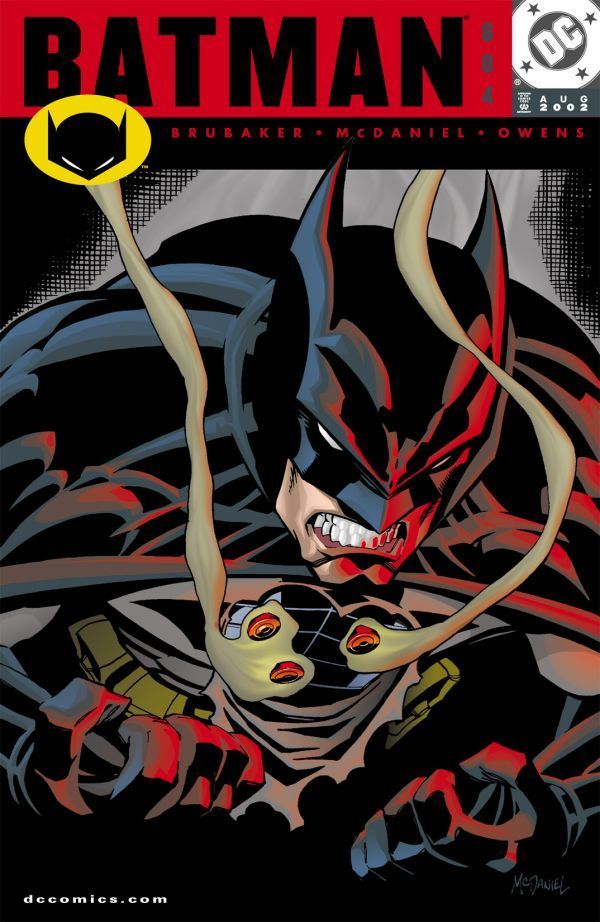
Batman (1940-2011) #604
2001

Batman (1940-2011) #608
2000

Batman (1940-2011) #609
2000

Batman (1940-2011) #610
2013

Batman (1940-2011) #611
1940

Batman (1940-2011) #612
1940

Batman (1940-2011) #613
2003

Batman (1940-2011) #614
2013

Batman (1940-2011) #615
2003

Batman (1940-2011) #616
2003

Batman (1940-2011) #617
2013

Batman (1940-2011) #618
2003

Batman (1940-2011) #619
2003

Batman
War Games, Book One
2015
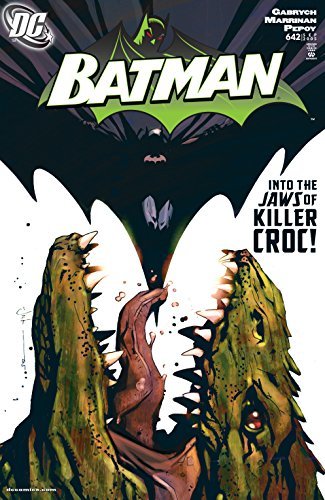
Batman (1940-2011) #642
2004
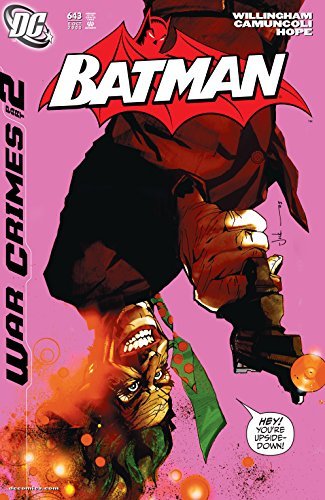
Batman (1940-2011) #643
2005
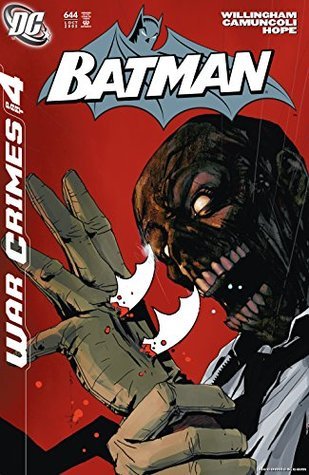
Batman (1940-2011) #644
2005
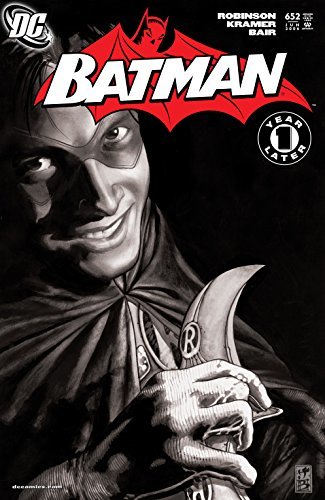
Batman (1940-2011) #652
2006
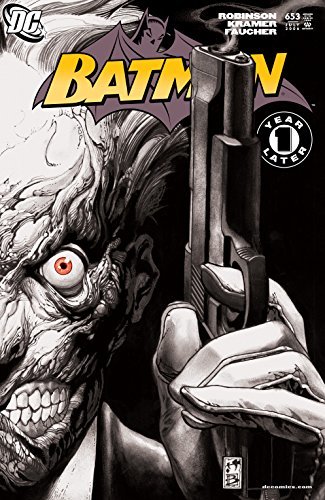
Batman (1940-2011) #653
2006

Batman (1940-2011) #654
2006

Batman (1940-2011) #655
2014

Batman (1940-2011) #659
2006
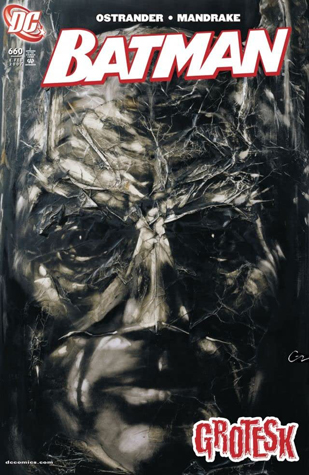
Batman (1940-2011) #660
2006
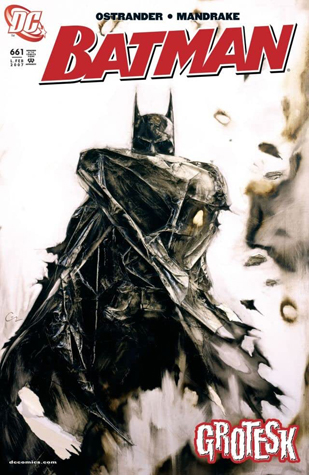
Batman (1940-2011) #661
2006
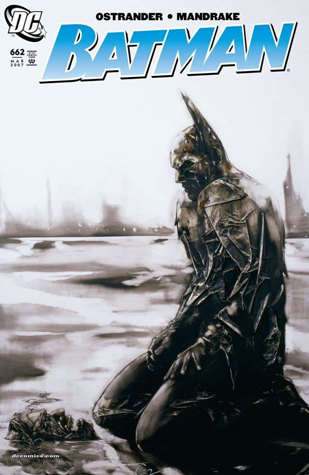
Batman (1940-2011) #662
2007

Batman (1940-2011) #666
2007

Batman
Cos'è successo al Cavaliere Oscuro?
2009

Batman
Long Shadows
2011

Batman Life After Death
2010
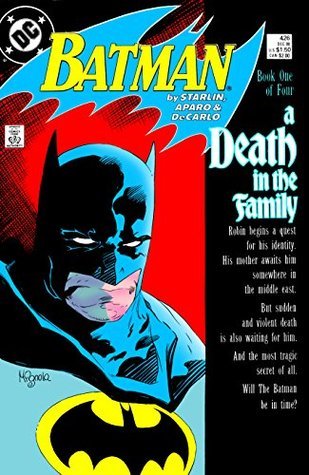
Batman (1940-2011) #426
1988

Batman
Time and the Batman
2011
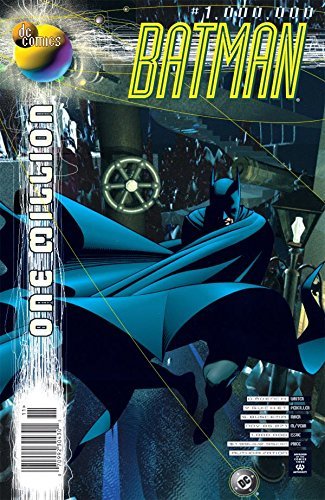
Batman (1940-2011) #1000000
1998

Batman
The Golden Age, Vol. 1
2016

The Batman Chronicles, Vol. 2
2006

Batman
Illustrated by Neal Adams, Vol. 2
2004

Tales of the Batman
Len Wein (Batman
2014

Robin, Vol. 2
Triumphant
2016
Authors

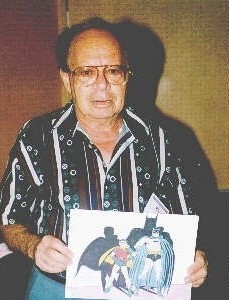

Joseph "Jeph" Loeb III is an Emmy and WGA nominated American film and television writer, producer and award-winning comic book writer. Loeb was a Co-Executive Producer on the NBC hit show Heroes, and formerly a producer/writer on the TV series Smallville and Lost. A four-time Eisner Award winner and five-time Wizard Fan Awards winner (see below), Loeb's comic book career includes work on many major characters, including Spider-Man, Batman, Superman, Hulk, Captain America, Cable, Iron Man, Daredevil, Supergirl, the Avengers, and Buffy the Vampire Slayer, much of which he has produced in collaboration with artist Tim Sale, who provides the comic art seen on Heroes.

In the late 1970s to early 1980s he drew fantasy ink pictures for the Dungeons & Dragons Basic and Expert game rulebooks. He first gained attention for his 1980s comic book series Elementals published by Comico, which he both wrote and drew. However, for reasons unknown, the series had trouble maintaining an original schedule, and Willingham's position in the industry remained spotty for many years. He contributed stories to Green Lantern and started his own independent, black-and-white comics series Coventry which lasted only 3 issues. He also produced the pornographic series Ironwood for Eros Comix. In the late 1990s Willingham reestablished himself as a prolific writer. He produced the 13-issue Pantheon for Lone Star Press and wrote a pair of short novels about the modern adventures of the hero Beowulf, published by the writer's collective, Clockwork Storybook, of which Willingham was a founding member. In the early 2000s he began writing extensively for DC Comics, including the limited series Proposition Player, a pair of limited series about the Greek witch Thessaly from The Sandman, and most notably the popular series Fables

Len Wein was an American comic book writer and editor best known for co-creating DC Comics' Swamp Thing and Marvel Comics' Wolverine, and for helping revive the Marvel superhero team the X-Men (including the co-creation of Nightcrawler, Storm, and Colossus). Additionally, he was the editor for writer Alan Moore and illustrator Dave Gibbons' influential DC miniseries Watchmen. Wein was inducted into the Will Eisner Comic Book Hall of Fame in 2008.

Neal Adams is an American comic book and commercial artist known for helping to create some of the definitive modern imagery of the DC Comics characters Superman, Batman, and Green Arrow; as the co-founder of the graphic design studio Continuity Associates; and as a creators-rights advocate who helped secure a pension and recognition for Superman creators Jerry Siegel and Joe Shuster. Adams was inducted into the Eisner Award's Will Eisner Comic Book Hall of Fame in 1998, and the Harvey Awards' Jack Kirby Hall of Fame in 1999. Librarian Note: There is more than one author in the Goodreads database with this name.


Larry Hama is an American writer, artist, actor and musician who has worked in the fields of entertainment and publishing since the 1960s. During the 1970s, he was seen in minor roles on the TV shows M*A*S*H and Saturday Night Live, and appeared on Broadway in two roles in the original 1976 production of Stephen Sondheim's Pacific Overtures. He is best known to American comic book readers as a writer and editor for Marvel Comics, where he wrote the licensed comic book series G.I. Joe, A Real American Hero, based on the Hasbro action figures. He has also written for the series Wolverine, Nth Man: the Ultimate Ninja, and Elektra. He created the character Bucky O'Hare, which was developed into a comic book, a toy line and television cartoon.

Andersen Gabrych is a Northern California native. He’s written Detective Comics, Batman, Batgirl, Catwoman, and Omega Men for DC Comics, and is the author of the original graphic novel, Fog Town. As an actor he appeared most notably in the award-winning Edge of Seventeen and at HBO’s Aspen Comedy Festival. He currently lives in L.A. with his cat, Moses, and is the co-creator of Pyrasphere, “Hollywood’s fastest growing new religion,” and the subsequent documentary Bright Day! about this fictitious spiritual movement.


Roy Thomas was the FIRST Editor-in-Chief at Marvel—After Stan Lee stepped down from the position. Roy is a longtime comic book writer and editor. Thomas has written comics for Archie, Charlton, DC, Heroic Publishing, Marvel, and Topps over the years. Thomas currently edits the fanzine Alter Ego for Twomorrow's Publishing. He was Editor for Marvel comics from 1972-1974. He wrote for several titles at Marvel, such as Avengers, Thor, Invaders, Fantastic Four, X-Men, and notably Conan the Barbarian. Thomas is also known for his championing of Golden Age comic-book heroes—particularly the 1940s superhero team the Justice Society of America—and for lengthy writing stints on Marvel's X-Men and Avengers, and DC Comics' All-Star Squadron, among other titles. Also a legendary creator. Creations include Wolverine, Carol Danvers, Ghost Rider, Vision, Iron Fist, Luke Cage, Valkyrie, Morbius, Doc Samson, and Ultron. Roy has also worked for Archie, Charlton, and DC among others over the years.

Ed Brubaker (born November 17, 1966) is an Eisner Award-winning American cartoonist and writer. He was born at the National Naval Medical Center, Bethesda, Maryland. Brubaker is best known for his work as a comic book writer on such titles as Batman, Daredevil, Captain America, Iron Fist, Catwoman, Gotham Central and Uncanny X-Men. In more recent years, he has focused solely on creator-owned titles for Image Comics, such as Fatale, Criminal, Velvet and Kill or Be Killed. In 2016, Brubaker ventured into television, joining the writing staff of the HBO series Westworld.

Marshall Rogers studied architectural drawing, and his work was characterized by the depiction of characters with relatively human proportions rather than exaggerated musculature, and by detailed rendering of buildings and structures. Some of his first comic-book work appeared in the black-and-white magazine The Deadly Hands of Kung Fu, where he worked with writer Chris Claremont on a story featuring the "Iron Fist" supporting characters Misty Knight and Colleen Wing as the Daughters of the Dragon. He eschewed the grey wash that was used in other black-and-white comics stories in favour of applying screentone. With writer Steve Englehart, Rogers penciled an acclaimed run on the character Batman in Detective Comics #471-476 (Aug. 1977 - April 1978), providing one of the definitive interpretations that influenced the 1989 movie Batman and be adapted for the 1990s animated series. He also penciled the origin story of the Golden Age Batman in Secret Origins #6 (Sept. 1986) with writer Roy Thomas and inker Terry Austin. The two also did a sequel miniseries, Batman: Dark Detective, and had worked together on other series, such as The Silver Surfer. Also striking was Rogers' short run on DC's revived "Mister Miracle" series. Englehart and Rogers' first Batman run was collected in the trade paperbacks Batman: Strange Apparitions and the second run, Batman: Dark Detective. He did independent work at Eclipse Comics and others. This included the first Coyote series with Englehart, and his own Capt. Quick and the Foozle. Portrait by: Marshall Rogers

One of the most prolific writers in comics, particularly in the Silver Age. He took over scripting duties on Wonder Woman after William Moulton Marston's death, and handled the character's transition from the Golden to the Silver Age. He also created Barry Allen, the second Flash, for editor Julius Schwartz's superhero revival of 1956, as well as writing and editing DC's pioneering war titles. His creations include Sgt. Rock, the Unknown Soldier, Barry Allen, Ragman, the Losers, Black Canary, the Metal Men, Poison Ivy, Enemy Ace, the Suicide Squad, and Rex the Wonder Dog.

Devin Grayson is an avid gamer, former acting student, and enthusiastic reader fortunate enough to have turned a lifelong obsession with fictional characters into a dynamic writing career. She has a B.A. from Bard College, where she studied creative writing with novelist Mona Simpson. Best known for her work on the Batman titles for DC Comics, Devin has been a regular writer on Catwoman, Nightwing, and The Titans, and contributed to the award-winning No Man’s Land story arc. With the publication of Batman: Gotham Knights in March of 2000, she became the first (and, sadly, only as of 2020) female to create, launch and write an ongoing Batman title. Additional career highlights include the launch of the critically acclaimed series Omni for Humanoids, Doctor Strange: The Fate of Dreams, an original novel featuring Marvel’s Sorcerer Supreme, and USER—a highly personal three-part, creator-owned miniseries about gender identity and online role-playing, originally published by Vertigo and newly available as a collected edition hardcover through Image. Devin is also the creator of Yelena Belova, a Marvel character staring in the upcoming MCU Black Widow movie (played by Florence Pugh), Damien Darhk, a DC character now appearing regularly in CW’s Arrow and Legends of Tomorrow (played by Neal McDonough), and Catalina Flores, a DC character recently featured as the super-villain Tarantula in The Lego Batman Movie. Frequently cited for compelling character development and nuanced exploration of complex themes, Devin’s work has been showcased in mainstream media such as USA Today and Working Woman as well as in alternative press such as The Village Voice, The Advocate, and Curve magazine. Over the years, she has written in several different media and genres, from comic books and novels to video game scripts and short essays. She is currently working on an original graphic novel for Berger Books. Devin lives in Northern California with her husband, step-son, devoted Early Alert Canines Diabetic Alert Dog, and somewhat less devoted cat. Openly bisexual, she is a passionate advocate for the GLBTQ community, as well as being a committed environmentalist, and a public speaker for T1 Diabetes awareness and Diabetic Alert Dogs. She is always happy to take on a new challenge, especially if it involves making some new fictional friends.

Born February 12th, 1970 and raised on Long Island in New York, Judd began cartooning professionally at 16 with a single-paneled strip called Nuts & Bolts. This ran weekly through Anton Publications, a newspaper publisher that produced town papers in the Tri state area. He was paid 10 dollars a week. In August of 1988, Judd began attending the University of Michigan, Ann Arbor bringing Nuts & Bolts with him, but turning it into a four-panel strip and creating a cast of characters to tell his tales. Nuts & Bolts ran in The Michigan Daily 5 days a week from my freshman year (freshperson, or first-year student, as they liked to say at U of M), until graduation in the spring of 1992. A collection of those college years Nuts & Bolts was published in Ann Arbor. Watching the Spin-Cycle: the Nuts & Bolts collection had a small run of a thousand books a couple of months before graduation. They sold out in about 2 weeks and there are no plans to republish it. Before graduation he accepted a development deal with a major syndicate (syndicates are the major league baseball of comic strips. They act as an agent or broker and sell comic strips to newspapers). Judd spent the next year living in Boston, and developing his strip. The bottom dropped out when the syndicate decided that they were not going to pursue Nuts and Bolts for syndication and were terminating his development contract. Crushed and almost broke, he moved back in with his parents in July 1993. Getting by doing spot illustration jobs, Judd actually had Nuts & Bolts in development with Nickelodeon as an animated series. At one point he even turned the human characters into mice (Young Urban Mice and Rat Race were the working titles). In August of 1993 he saw an ad on MTV for The Real World III, San Francisco. For those who may not know, The Real World is a real-life documentary soap opera, where 7 strangers from around the country are put up in a house and filmed for six months. You get free rent, free moving costs, you get to live in San Francisco, and get to be a famous pig on television. The "Audition process," was everything from doing a video, to filling out a 15 page application, to in-person interviews with the producers, to being followed around and filmed for a day. 6 months and 6 "levels" later, Judd was in. On February 12th 1993, he moved into a house on Russian Hill and they began filming. Along the way Nuts & Bolts was given a weekly spot in the San Francisco Examiner. This WHOLE deal was filmed and aired for the show. They moved out in June of 1994, a couple of days after O.J.'s Bronco chase in L.A. The show began airing a week later. Along with the weekly San Francisco Examiner gig, Judd began doing illustrations for The Complete Idiot's Guide series through QUE Books. Since then, Judd has illustrated over 300 Idiot's Guides and still does the cartoons for the computer oriented Idiot's Guides line. A collection of the computer related titles' cartoons was published in 1997 as Terminal Madness, The Complete Idiot's Guide Computer Cartoon Collection. Not too long after the show had been airing, Judd's roommate from the show and good friend, AIDS activist Pedro Zamora, took ill from AIDS complications. Pedro was to begin a lecture tour in September. Judd agreed to step in and speak on his behalf until he was well enough to do so again. In August of 1994, Pedro checked into a hospital and never recovered. Pedro passed away on November 11, 1994. He was 22. Judd continued to lecture about Pedro, Aids education and prevention and what it's like to live with some one who is living with AIDS for most of 1995. Speaking at over 70 schools across the country, Judd describes it as, "...the most fulfilling and difficult time in my life." But time and emotional constraints forced him to stop lecturing. In May of 1995 Judd found the weekly Nuts & Bolts under-whelming and decided to give syndication another go. Re-vamping Nuts & Bolts



Charles "Chuck" Dixon is an American comic book writer, perhaps best-known for long runs on Batman titles in the 1990s. His earliest comics work was writing Evangeline first for Comico Comics in 1984 (then later for First Comics, who published the on-going series), on which he worked with his then-wife, the artist Judith Hunt. His big break came one year later, when editor Larry Hama hired him to write back-up stories for Marvel Comics' The Savage Sword of Conan. In 1986, he began working for Eclipse Comics, writing Airboy with artist Tim Truman. Continuing to write for both Marvel and (mainly) Eclipse on these titles, as well as launching Strike! with artist Tom Lyle in August 1987 and Valkyrie with artist Paul Gulacy in October 1987, he began work on Carl Potts' Alien Legion series for Marvel's Epic Comics imprint, under editor Archie Goodwin. He also produced a three-issue adaptation of J. R. R. Tolkien's The Hobbit for Eclipse with artist David Wenzel between 1989 and 1990, and began writing Marc Spector: Moon Knight in June 1989. His Punisher OGN Kingdom Gone (August, 1990) led to him working on the monthly The Punisher War Journal (and later, more monthly and occasional Punisher titles), and also brought him to the attention of DC Comics editor Denny O'Neil, who asked him to produce a Robin mini-series. The mini proved popular enough to spawn two sequels - The Joker's Wild (1991) and Cry of the Huntress (1992) - which led to both an ongoing monthly series (which Dixon wrote for 100 issues before leaving to work with CrossGen Comics), and to Dixon working on Detective Comics from #644-738 through the major Batman stories KnightFall & KnightsEnd (for which he helped create the key character of Bane), DC One Million, Contagion, Legacy, Cataclysm and No Man's Land . Much of his run was illustrated by Graham Nolan. He was DC's most prolific Batman-writer in the mid-1990s (rivalled perhaps in history by Bill Finger and Dennis O'Neil) - in addition to writing Detective Comics he pioneered the individual series for Robin, Nightwing (which he wrote for 70 issues, and returned to briefly with 2005's #101) and Batgirl, as well as creating the team and book Birds of Prey . While writing multiple Punisher and Batman comics (and October 1994's Punisher/Batman crossover), he also found time to launch Team 7 for Jim Lee's WildStorm/Image and Prophet for Rob Liefeld's Extreme Studios. He also wrote many issues of Catwoman and Green Arrow, regularly having about seven titles out each and every month between the years 1993 and 1998. In March, 2002, Dixon turned his attention to CrossGen's output, salthough he co-wrote with Scott Beatty the origin of Barbara Gordon's Batgirl in 2003's Batgirl: Year One. For CrossGen he took over some of the comics of the out-going Mark Waid, taking over Sigil from #21, and Crux with #13. He launched Way of the Rat in June 2002, Brath (March '03), The Silken Ghost (June '03) and the pirate comic El Cazador (Oct '03), as well as editing Robert Rodi's non-Sigilverse The Crossovers. He also wrote the Ruse spin-off Archard's Agents one-shots in January and November '03 and April '04, the last released shortly before CrossGen's complete collapse forced the cancellation of all of its comics, before which Dixon wrote a single issue of Sojourn (May '04). Dixon's Way of the Rat #24, Brath #14 and El Cazador #6 were among the last comics released from the then-bankrupt publisher. On June 10, 2008, Dixon announced on his forum that he was no longer "employed by DC Comics in any capacity."

Geoff Johns originally hails from Detroit, Michigan. He attended Michigan State University, where he earned a degree in Media Arts and Film. He moved to Los Angeles in the late 1990s in search of work within the film industry. Through perseverance, Geoff ended up as the assistant to Richard Donner, working on Conspiracy Theory and Lethal Weapon 4. During that time, he also began his comics career writing Stars and S.T.R.I.P.E. and JSA (co-written with David S. Goyer) for DC Comics. He worked with Richard Donner for four years, leaving the company to pursue writing full-time. His first comics assignments led to a critically acclaimed five-year run on the The Flash. Since then, he has quickly become one of the most popular and prolific comics writers today, working on such titles including a highly successful re-imagining of Green Lantern, Action Comics (co-written with Richard Donner), Teen Titans, Justice Society of America, Infinite Crisis and the experimental breakout hit series 52 for DC with Grant Morrison, Greg Rucka and Mark Waid. Geoff received the Wizard Fan Award for Breakout Talent of 2002 and Writer of the Year for 2005, 2006, 2007, and 2008 as well as the CBG Writer of the Year 2003 thru 2005, 2007 and CBG Best Comic Book Series for JSA 2001 thru 2005. Geoff also developed BLADE: THE SERIES with David S. Goyer, as well as penned the acclaimed “Legion” episode of SMALLVILLE. He also served as staff writer for the fourth season of ROBOT CHICKEN. Geoff recently became a New York Times Bestselling author with the graphic novel Superman: Brainiac with art by Gary Frank.
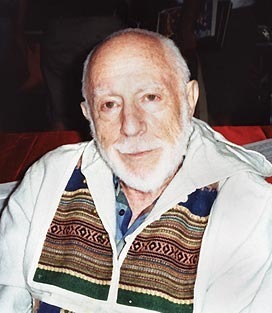
Librarian Note: There is more than one author in the Goodreads database with this name. Alvin^^Schwartz Born in NYC in 1916, Alvin Schwartz wrote his first comics for Fairy Tale Parade in 1939, and wrote extensively for Shelley Mayer, then an editor at Max Gaines’ All-American Publications (later purchased by National/DC in 1944). He had also done a short stint at Fawcett on Captain Marvel. Schwartz wrote his first Batman story in 1942, and his first Batman newspaper strip in Aug 1944 (an assignment he continued on until 1958) and his first Superman newspaper strip in Oct 1944. He had a long association with Superman as the writer of both the Man of Steel’s newspaper strip and many of his comic book appearances, and one of his many enduring contributions to the Superman mythology was the creation of Bizarro, a character who became a part of popular culture, quite apart from comics. While writing most of DC’s newspaper strips between 1944 and 1952, he also went on to do stories for many of their comics magazines, working on characters such as Aquaman, Vigilante, Slam Bradley, Date With Judy, Buzzy, House of Mystery, Tomahawk, Wonder Woman, The Flash, Green Lantern, Newsboy Legion and numerous others. After his 1958 departure from comics, Schwartz took on a whole new role in the corporate world, using the knowledge of plotting gained in comics to open new directions in market research, developing the now well-known techniques of psycho-graphics, typological identification and others, until as Research Director for the famed think tank of Dr Ernst Dichter, The Institute for Motivational Research, he provided structural and marketing advice to some of America’s largest corporations ranging from General Motors to General Foods. He was subsequently appointed to an advisory committee of the American Association of Advertising Agencies. Schwartz also authored three novels for Arco Press, one of which, Sword of Desire, a detective story, won praise for its successful takeoff on Reichian orgone therapy, a popular psychotherapeutic technique during the 40s and 50s. His Beat generation novel, The Blowtop was published by Dial in 1948. Under the title Le Cinglé, it became a best seller in France. He also wrote and lectured on superheroes at various universities and received a prestigious Canada Council Grant for a study on the religious symbolism in popular culture, using Superman as a springboard. Also in Canada, he wrote feature films and did numerous docu-dramas for The National Film Board for nearly 20 years and did a number of economic and social studies for the Canadian government. His last two books, written in his eighties, were: An Unlikely Prophet: Revelations on the Path Without Form (published in 1997) — a memoir dealing with some very off-the-wall experiences generated by his years doing Superman which led him to a unique understanding of Superman’s significance as well as some life-enriching possibilities available to every one of us, and the sequel A Gathering of Selves: The Spiritual Journey of the Legendary Writer of Superman and Batman (published in 2006). Schwartz received the first Bill Finger Award for his contributions to comics via writing in 2006. The Finger Award was created by the legendary creator Jerry Robinson to honour his friend Bill Finger (the uncredited co-creator of Batman) and is given to comic book writers as part of the Will Eisner Comic Book Industry Awards in July of each year.

Mike W. Barr is an American writer of comic books, and mystery, and science fiction novels. Barr's debut as a comics professional came in DC Comics' Detective Comics #444 (Dec. 1974-Jan. 1975), for which he wrote an 8-page back-up mystery feature starring the Elongated Man. Another Elongated Man story followed in Detective Comics #453 (November 1975). He wrote text articles and editorial replies in letter columns for the next few years. By mid-1980 he was writing regularly for both DC and Marvel, including stories for Marvel Team-Up, Mystery in Space, Green Lantern, and various Batman titles. Legion of Super-Heroes #277 (July 1981) saw him take on editorial duties at DC, while writing issues of DC's Star Trek comic, for whom he created the native American character Ensign Bearclaw and a pacifist Klingon named Konom. In December 1982, he and artist Brian Bolland began Camelot 3000, a 12 issue limited series that was one of DC Comics' first direct market projects. In August 1983, Barr created what may well be his most enduring work, the monthly title Batman and the Outsiders with art by Jim Aparo. Barr wrote every issue of the original series, and its Baxter paper spinoff, The Outsiders. His other comics work includes Mantra and Maze Agency as well as the 1987 OGN hardcover book Batman: Son of the Demon (with art by Jerry Bingham), proceeds from which reputedly "restored DC Comics to first place in sales after fifteen years." This title, and Barr's work on Batman with artist Alan Davis have been cited by Grant Morrison as key inspirations for his recent (2006) run on the Batman title. In 2007, he wrote a two-part story for the pages of DC's JLA: Classified (#47-48, Jan-Feb 2008), returned to the Outsiders with Outsiders: Five of a Kind—Katana/Shazam #1 (Oct 2007), contributed to Tokyopop's Star Trek: The Manga, and relaunched Maze Agency at IDW Publishing. He has also scripted many of Bongo Comics' Simpsons titles, including a Christmas story for 2010. In May 2010, the Invisible College Press published Barr's science fiction/fantasy novel, Majician/51, about the discoveries of a scientist working at Area 51.

See also John Harkness. Steve Englehart went to Wesleyan University in Middletown, Connecticut. After a stint in the Army, he moved to New York and began to write for Marvel Comics. That led to long runs on Captain America, The Hulk, The Avengers, Dr. Strange, and a dozen other titles. Midway through that period he moved to California (where he remains), and met and married his wife Terry. He was finally hired away from Marvel by DC Comics, to be their lead writer and revamp their core characters (Superman, Batman, Wonder Woman, Flash, and Green Lantern). He did, but he also wrote a solo Batman series (immediately dubbed the "definitive" version) that later became Warner Brothers' first Batman film (the good one). After that he left comics for a time, traveled in Europe for a year, wrote a novel (The Point Man™), and came back to design video games for Atari (E.T., Garfield). But he still liked comics, so he created Coyote™, which within its first year was rated one of America's ten best series. Other projects he owned (Scorpio Rose™, The Djinn™) were mixed with company series (Green Lantern [with Joe Staton], Silver Surfer, Fantastic Four). Meanwhile, he continued his game design for Activision, Electronic Arts, Sega, and Brøderbund. And once he and Terry had their two sons, Alex and Eric, he naturally told them stories. Rustle's Christmas Adventure was first devised for them. He went on to add a run of mid-grade books to his bibliography, including the DNAgers™ adventure series, and Countdown to Flight, a biography of the Wright brothers selected by NASA as the basis for their school curriculum on the invention of the airplane. In 1992 Steve was asked to co-create a comics pantheon called the Ultraverse. One of his contributions, The Night Man, became not only a successful comics series, but also a television show. That led to more Hollywood work, including animated series such as Street Fighter, GI Joe, and Team Atlantis for Disney.

He was a comic book and pulp magazine editor, and a science fiction agent and prominent fan. In 1932, Schwartz co-published (with Mort Weisinger and Forrest J. Ackerman) Time Traveller, one of the first science fiction fanzines. Schwartz and Weisinger also founded the Solar Sales Service literary agency (1934–1944) where Schwartz represented such writers as Alfred Bester, Stanley G. Weinbaum, Robert Bloch, Ray Bradbury, and H. P. Lovecraft, including some of Bradbury's first published work and Lovecraft's last. In addition, Schwartz helped organize the first World Science Fiction Convention in 1939. In 1944 he became an editor at All-American Comics, one of the companies that evolved into DC Comics.

James P. "Jim" Starlin is an American comic book writer and artist. With a career dating back to the early 1970s, he is best known for "cosmic" tales and space opera; for revamping the Marvel Comics characters Captain Marvel and Adam Warlock; and for creating or co-creating the Marvel characters Thanos and Shang-Chi, Master of Kung Fu. Death and suicide are recurring themes in Starlin's work: Personifications of Death appeared in his Captain Marvel series and in a fill-in story for Ghost Rider; Warlock commits suicide by killing his future self; and suicide is a theme in a story he plotted and drew for The Rampaging Hulk magazine. In the mid-1970s, Starlin contributed a cache of stories to the independently published science-fiction anthology Star Reach. Here he developed his ideas of God, death, and infinity, free of the restrictions of mainstream comics publishers' self-censorship arm, the Comics Code Authority. Starlin also drew "The Secret of Skull River", inked by frequent collaborator Al Milgrom, for Savage Tales #5 (July 1974). When Marvel Comics wished to use the name of Captain Marvel for a new, different character,[citation needed] Starlin was given the rare opportunity to produce a one-shot story in which to kill off a main character. The Death of Captain Marvel became the first graphic novel published by the company itself. ( In the late 1980s, Starlin began working more for DC Comics, writing a number of Batman stories, including the four-issue miniseries Batman: The Cult (Aug.-Nov. 1988), and the storyline "Batman: A Death in the Family", in Batman #426-429 (Dec. 1988 – Jan. 1989), in which Jason Todd, the second of Batman's Robin sidekicks, was killed. The death was decided by fans, as DC Comics set up a hotline for readers to vote on as to whether or not Jason Todd should survive a potentially fatal situation. For DC he created Hardcore Station.

Fabian Nicieza is a writer and editor who is best known as the co-creator of DEADPOOL and for his work on Marvel titles such as X-Men, X-Force, New Warriors, and Robin. His first novel, the Edgar Award-nominated SUBURBAN DICKS, a sarcastic murder mystery, is on sale now from Putnam Books. The Dicks will return in THE SELF-MADE WIDOW, coming June 21st.

William "Bill" Finger was an American comic strip and comic book writer best known as the uncredited co-creator, with Bob Kane, of the DC Comics character Batman, as well as the co-architect of the series' development. In later years, Kane acknowledged Finger as "a contributing force" in the character's creation. Comics historian Ron Goulart, in Comic Book Encyclopedia, refers to Batman as the "creation of artist Bob Kane and writer Bill Finger", and a DC Comics press release in 2007 about colleague Jerry Robinson states that in 1939, "Kane, along with writer Bill Finger, had just created Batman for [DC predecessor] National Comics". Film and television credits include scripting The Green Slime (1969), Track of the Moon Beast (1976), and three episodes of 77 Sunset Strip. -Wikipedia

Grant Morrison has been working with DC Comics for twenty five years, after beginning his American comics career with acclaimed runs on ANIMAL MAN and DOOM PATROL. Since then he has written such best-selling series as JLA, BATMAN and New X-Men, as well as such creator-owned works as THE INVISIBLES, SEAGUY, THE FILTH, WE3 and JOE THE BARBARIAN. In addition to expanding the DC Universe through titles ranging from the Eisner Award-winning SEVEN SOLDIERS and ALL-STAR SUPERMAN to the reality-shattering epic of FINAL CRISIS, he has also reinvented the worlds of the Dark Knight Detective in BATMAN AND ROBIN and BATMAN, INCORPORATED and the Man of Steel in The New 52 ACTION COMICS. In his secret identity, Morrison is a "counterculture" spokesperson, a musician, an award-winning playwright and a chaos magician. He is also the author of the New York Times bestseller Supergods, a groundbreaking psycho-historic mapping of the superhero as a cultural organism. He divides his time between his homes in Los Angeles and Scotland.

Doug Moench, is an American comic book writer notable for his Batman work and as the creator of Black Mask, Moon Knight and Deathlok. Moench has worked for DC Comics, Marvel Comics, Dark Horse Comics and many other smaller companies; he has written hundreds of issues of many different comics, and created dozens of characters, such as Moon Knight. In 1973, Moench became the de facto lead writer for the Marvel black-and-white magazine imprint Curtis Magazines. He contributed to the entire runs of Planet of the Apes, Rampaging Hulk (continuing on the title when it changed its name to The Hulk!) and Doc Savage, while also serving as a regular scribe for virtually every other Curtis title during the course of the imprint's existence. Moench is perhaps best known for his work on Batman, whose title he wrote from 1983–1986 and then again from 1992–1998. (He also wrote the companion title Detective Comics from 1983–1986.) Moench is a frequent and longtime collaborator with comics artist Paul Gulacy. The pair are probably best known for their work on Shang-Chi: Master of Kung Fu, which they worked on together from 1974–1977. They also co-created Six from Sirius, Slash Maraud, and S.C.I. Spy, and have worked together on comics projects featuring Batman, Conan the Barbarian and James Bond. Moench has frequently been paired with the artist and inker team of Kelley Jones and John Beatty on several Elseworlds Graphic Novels and a long run of the monthly Batman comic.

Librarian note: There is more than one author in the GoodReads database with this name http://en.wikipedia.org/wiki/John_Bro...

Dennis "Denny" O'Neil was a comic book writer and editor best known for his work for Marvel Comics and DC Comics from the 1960s through the 1990s, and Group Editor for the Batman family of titles until his retirement. His best-known works include Green Lantern/Green Arrow and Batman with Neal Adams, The Shadow with Michael Kaluta and The Question with Denys Cowan. As an editor, he is principally known for editing the various Batman titles. From 2013 unti his death, he sat on the board of directors of the charity The Hero Initiative and served on its Disbursement Committee.




